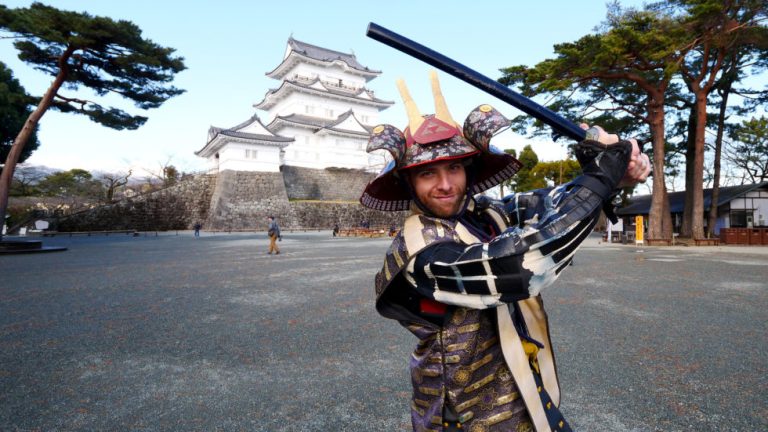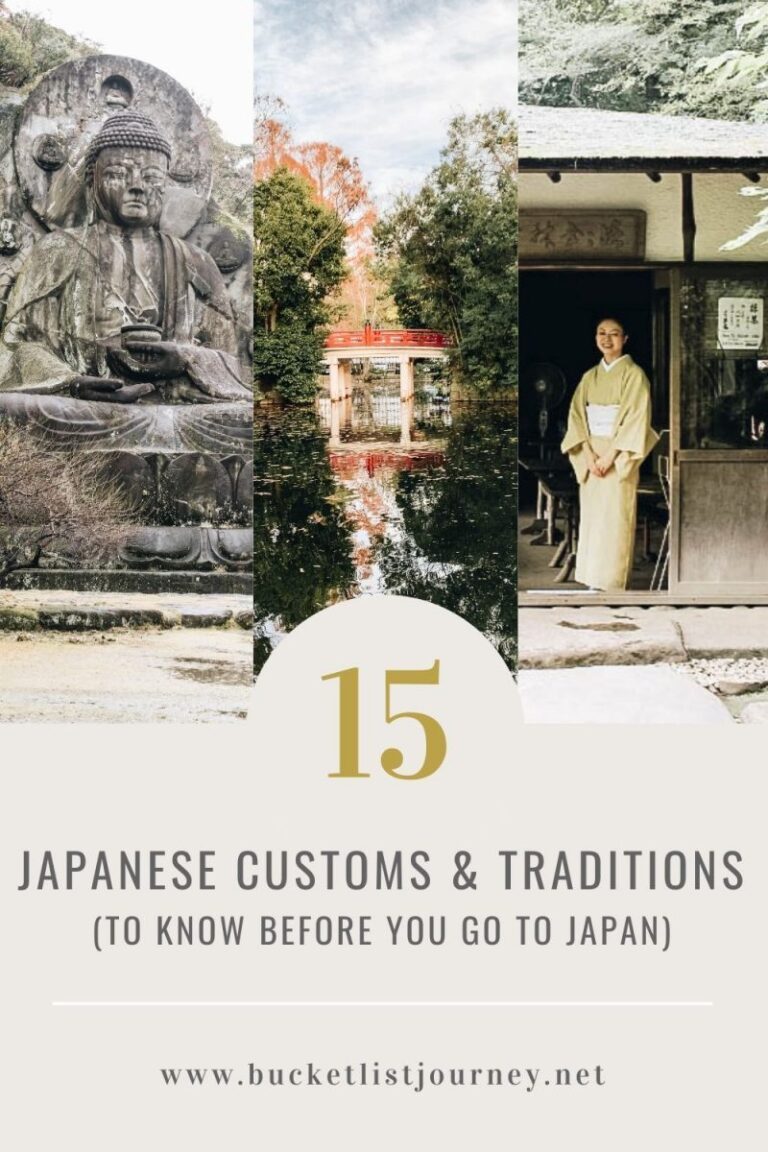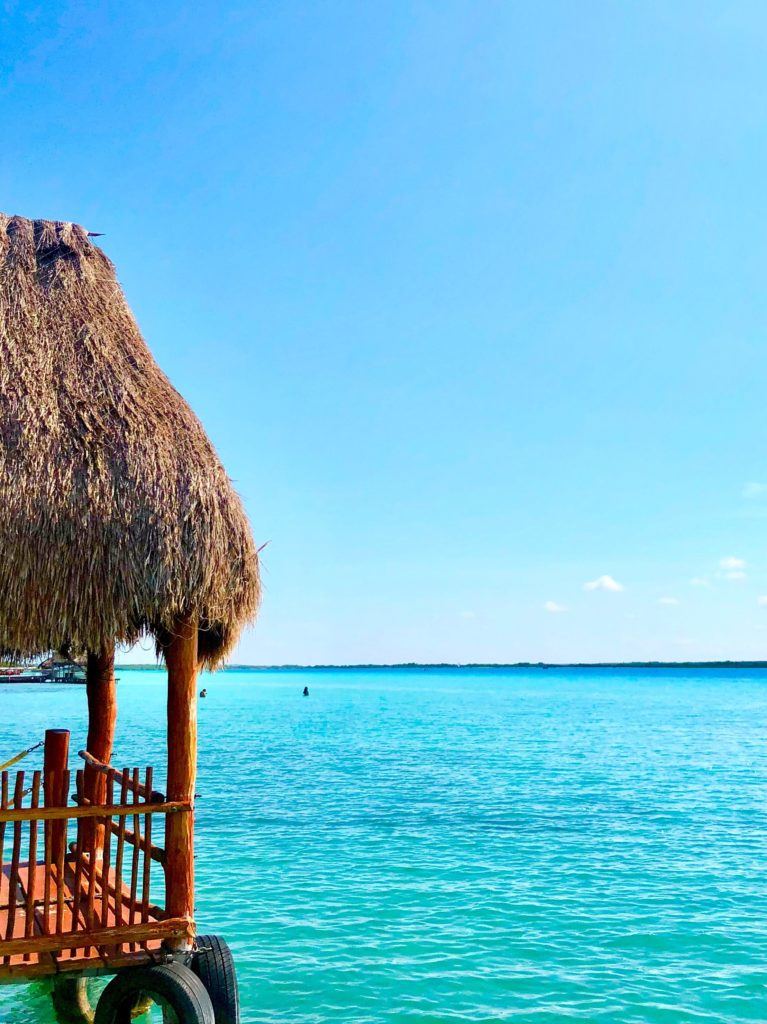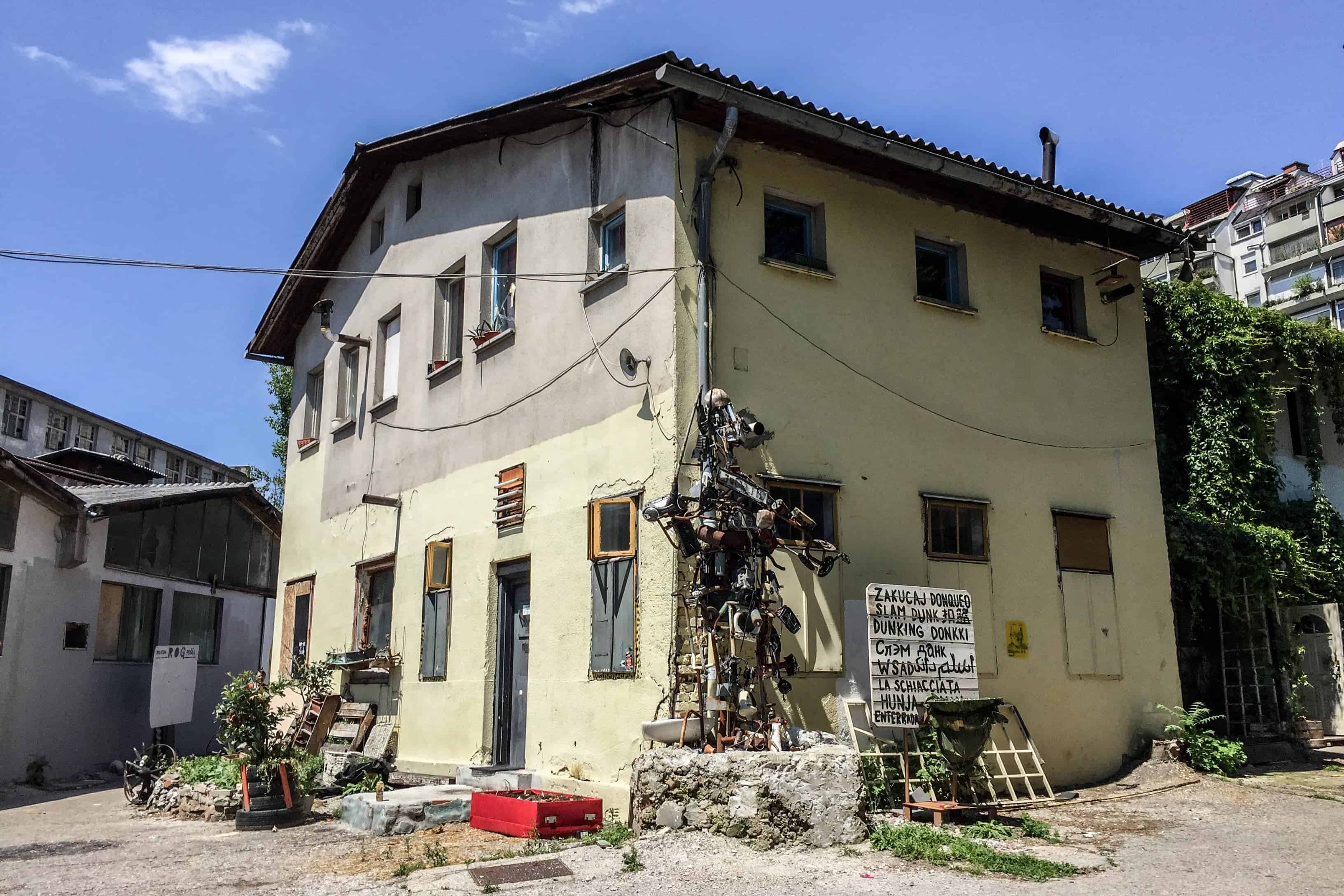
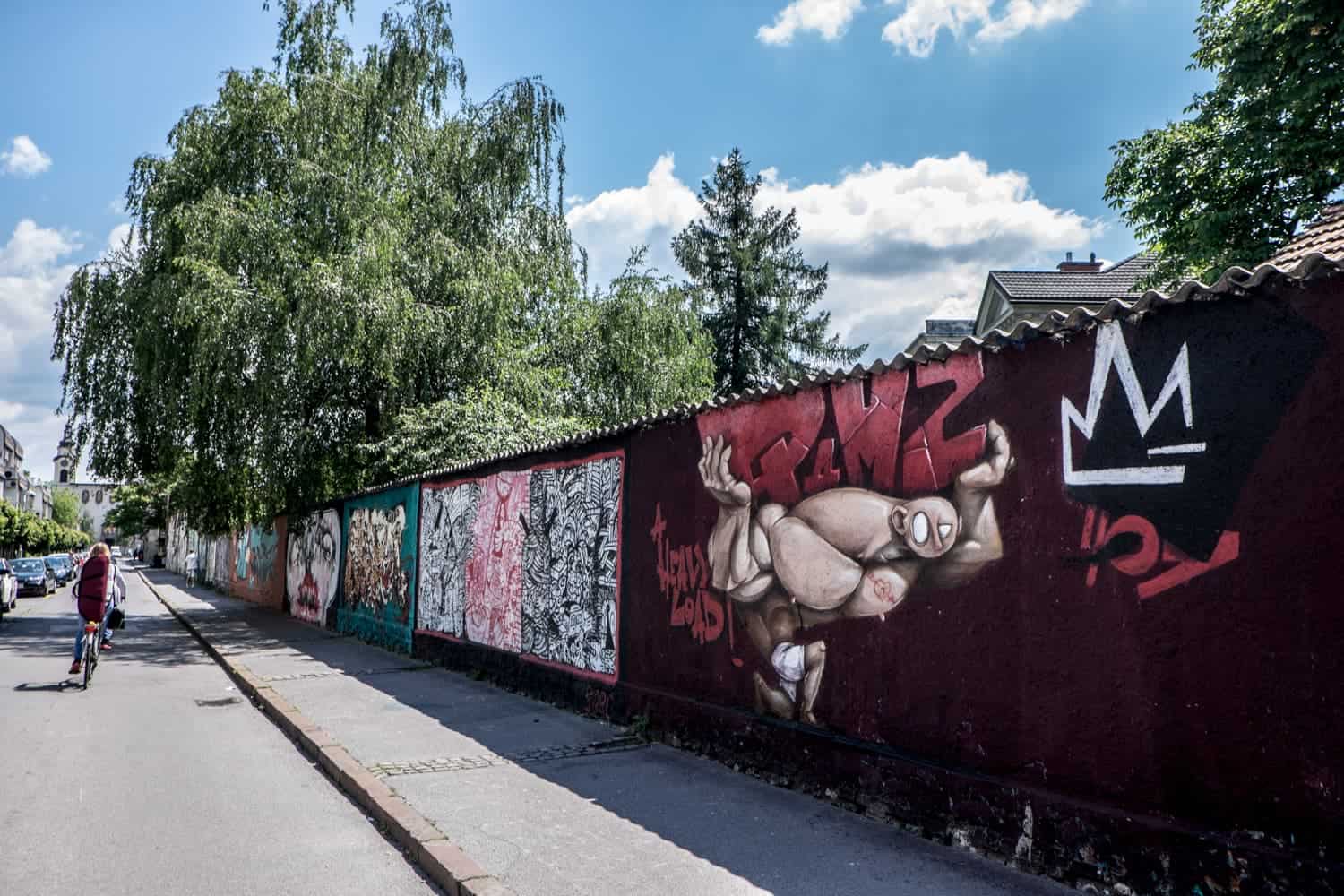
The Franciscan Church of the Annunciation on Prešeren Square in Ljubljana
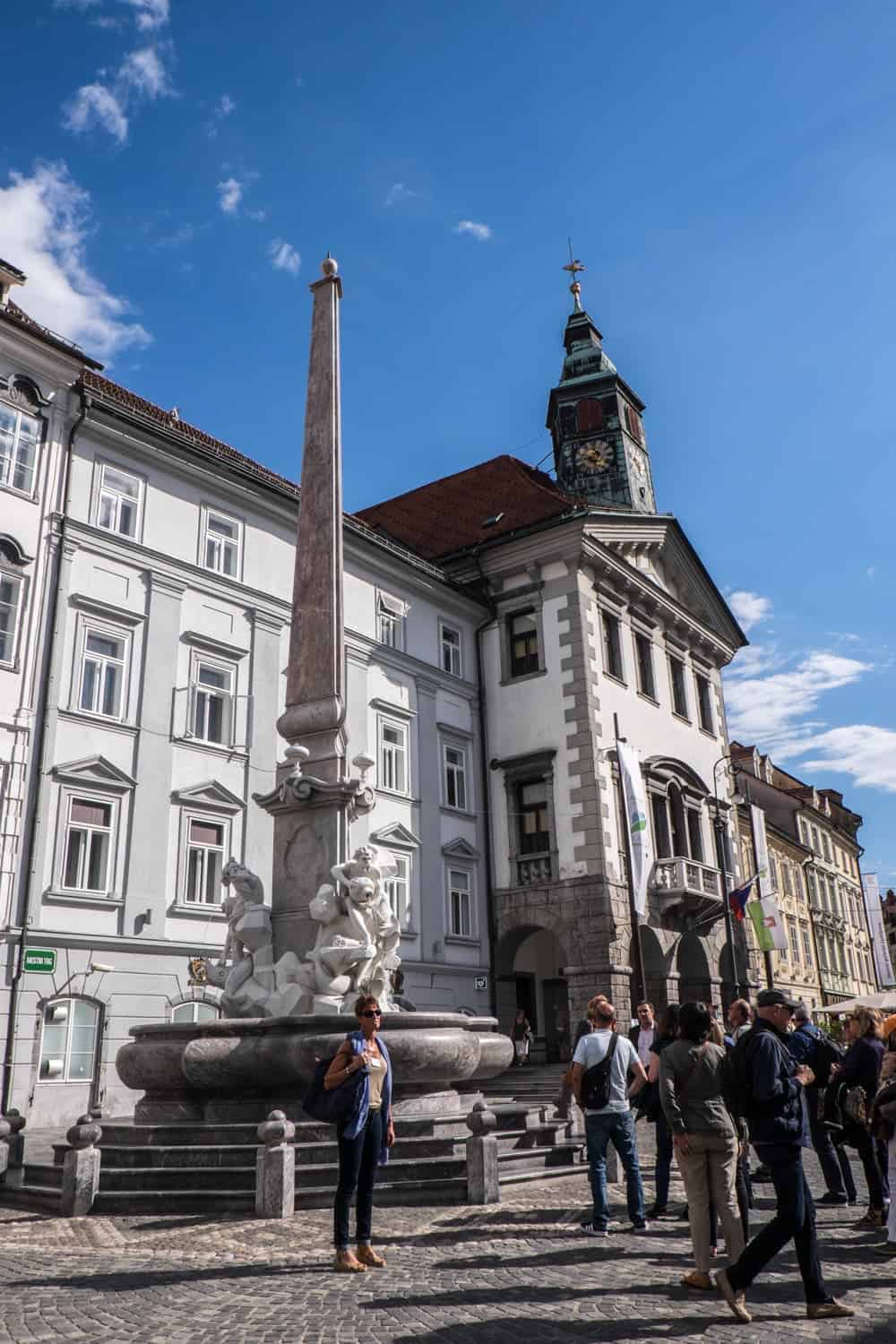
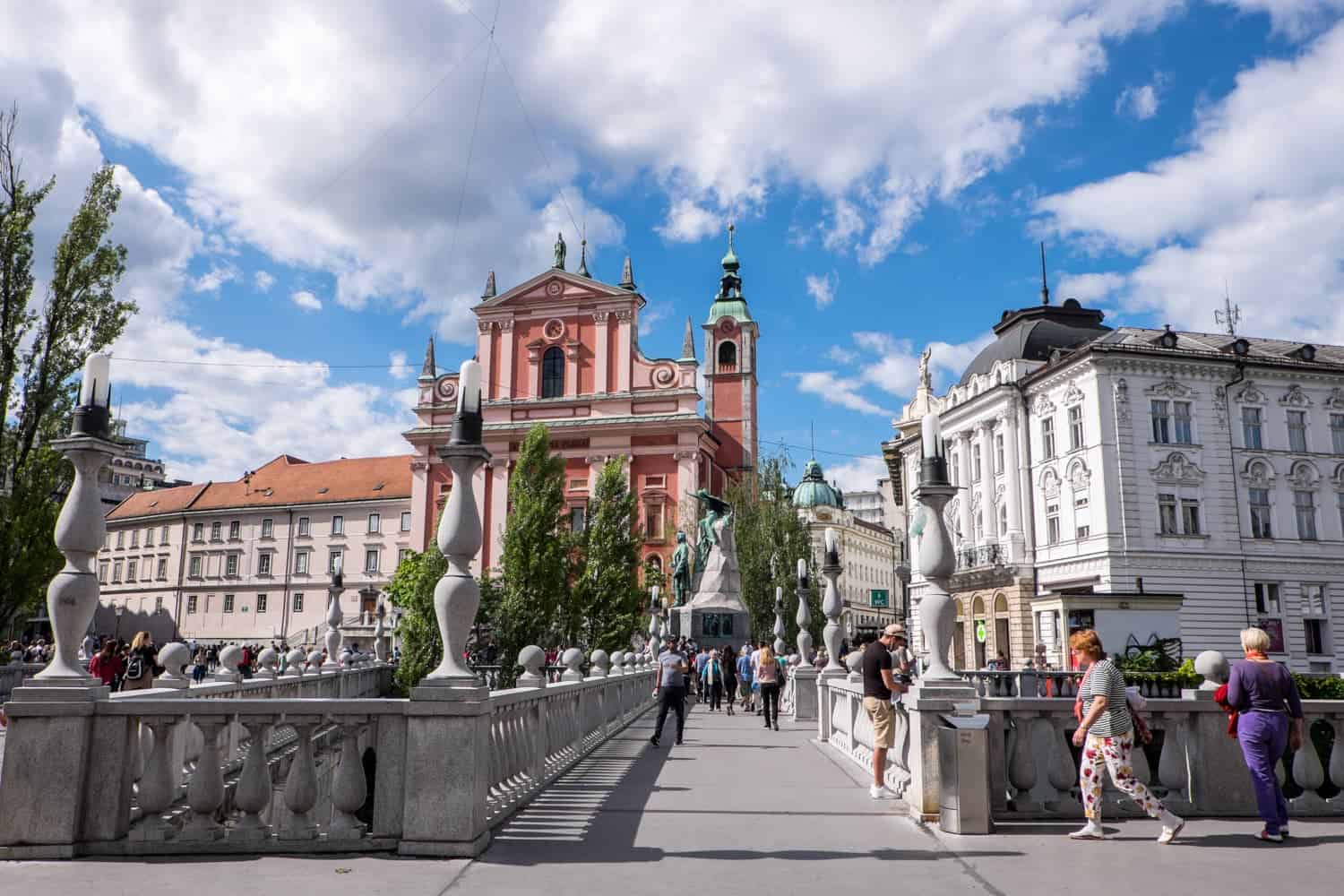
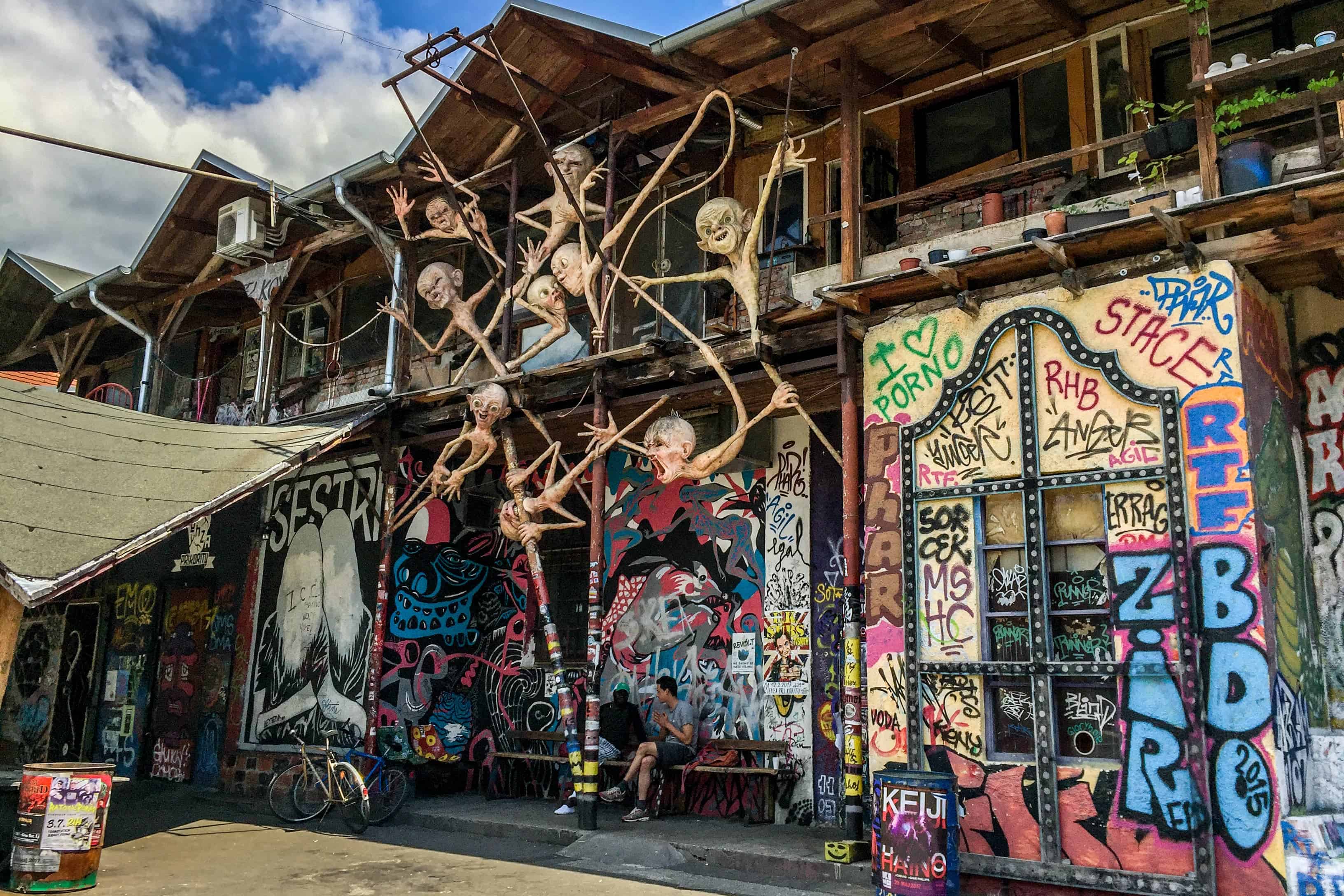
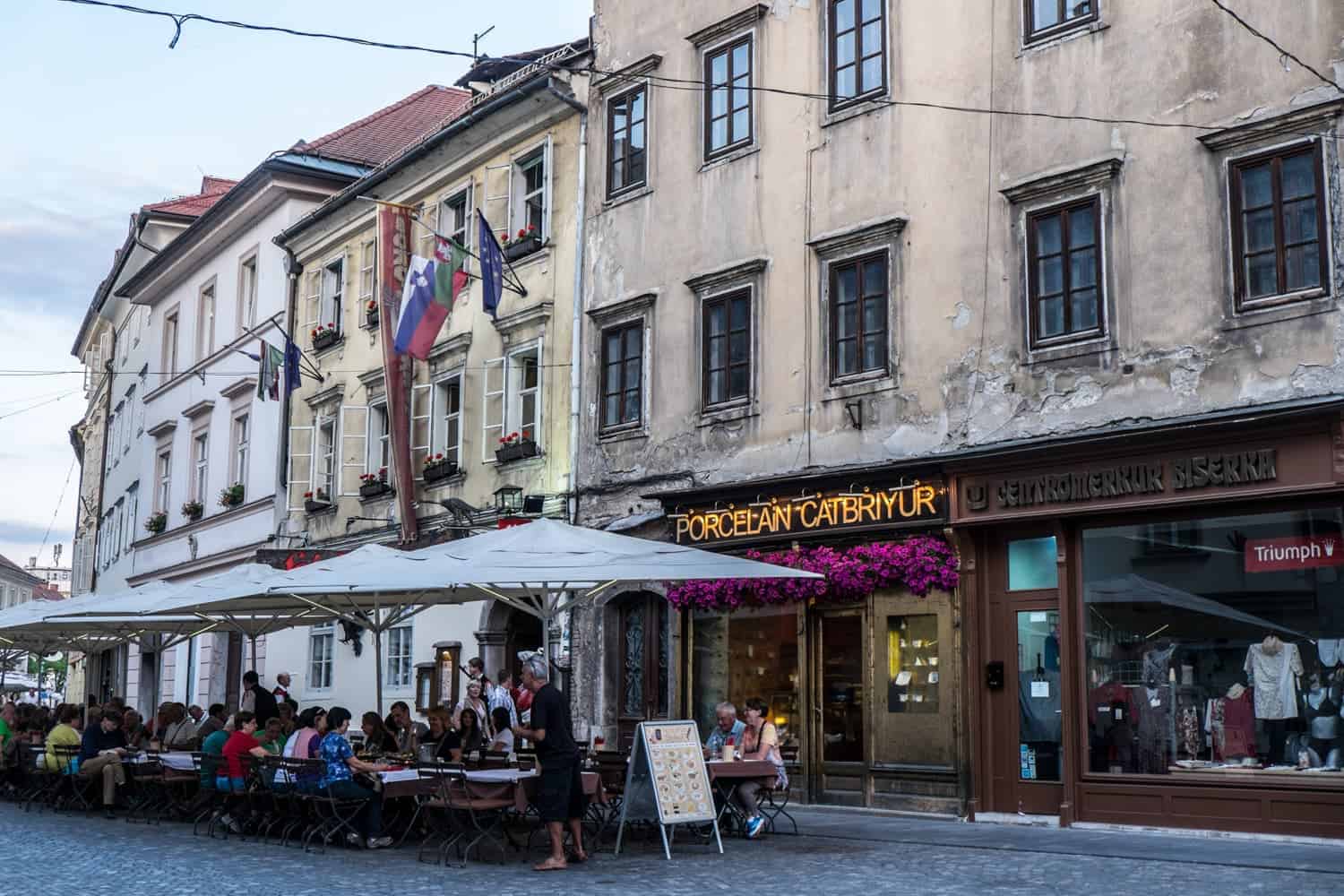 I visited the NUK Café in the library to take part in an honourary Plečnik tradition – for tea, just as it was made for him by his housekeeper, in a strainer cup just like the one he used, and served with a honey biscuit (Plečnik loved honey) – before heading to his house (Karunova 4-6) in Trnovo that is now a permanent exhibition and has been left the exact same way since his death in 1957.
I visited the NUK Café in the library to take part in an honourary Plečnik tradition – for tea, just as it was made for him by his housekeeper, in a strainer cup just like the one he used, and served with a honey biscuit (Plečnik loved honey) – before heading to his house (Karunova 4-6) in Trnovo that is now a permanent exhibition and has been left the exact same way since his death in 1957.

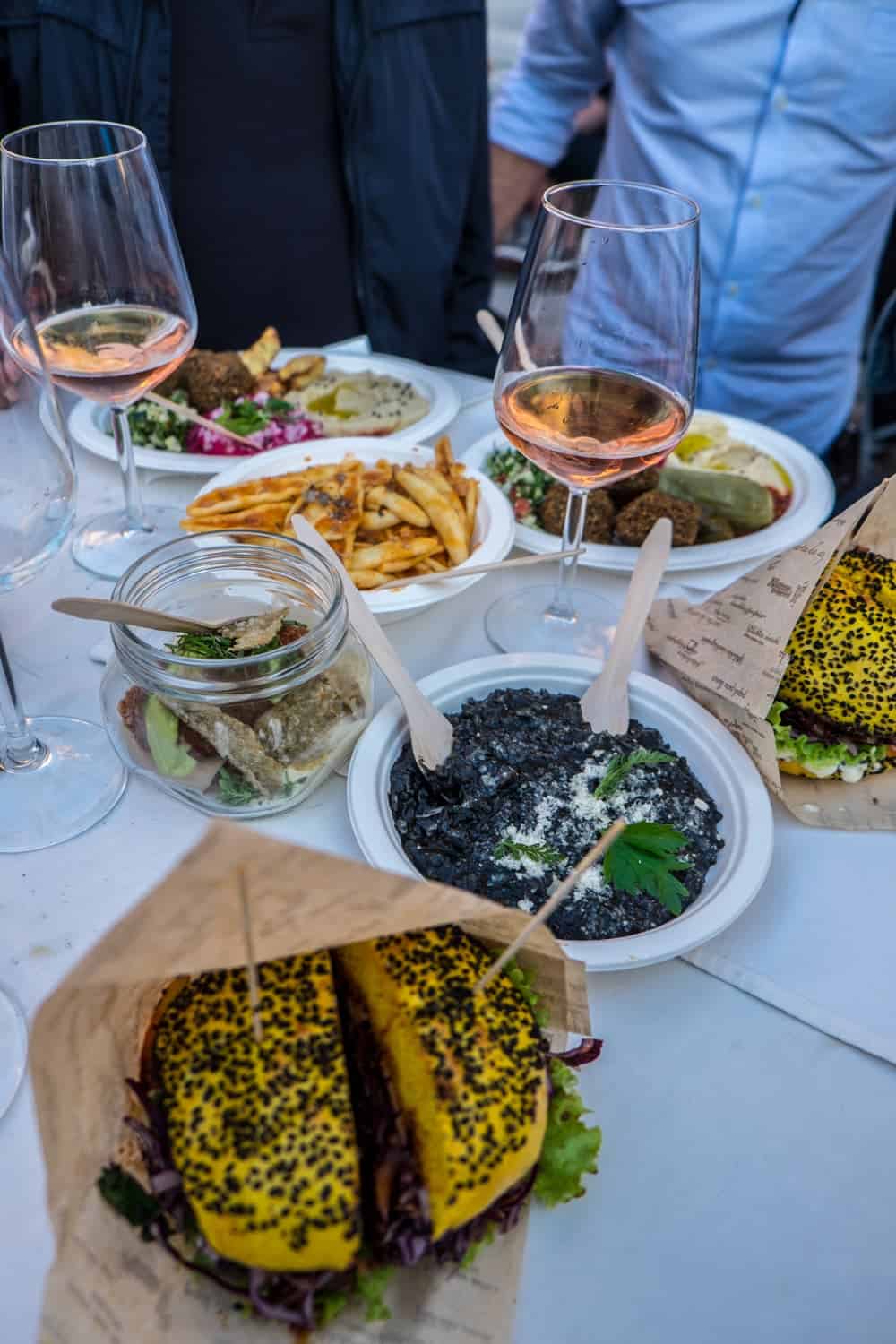
The Triple Bridge in Ljubljana, one of Jože Plečnik’s core urban designs
The hostel on-site, should you want to base yourself here, is a former prison where all rooms are former cells and made to still look like them (but with more comfortable touches!).
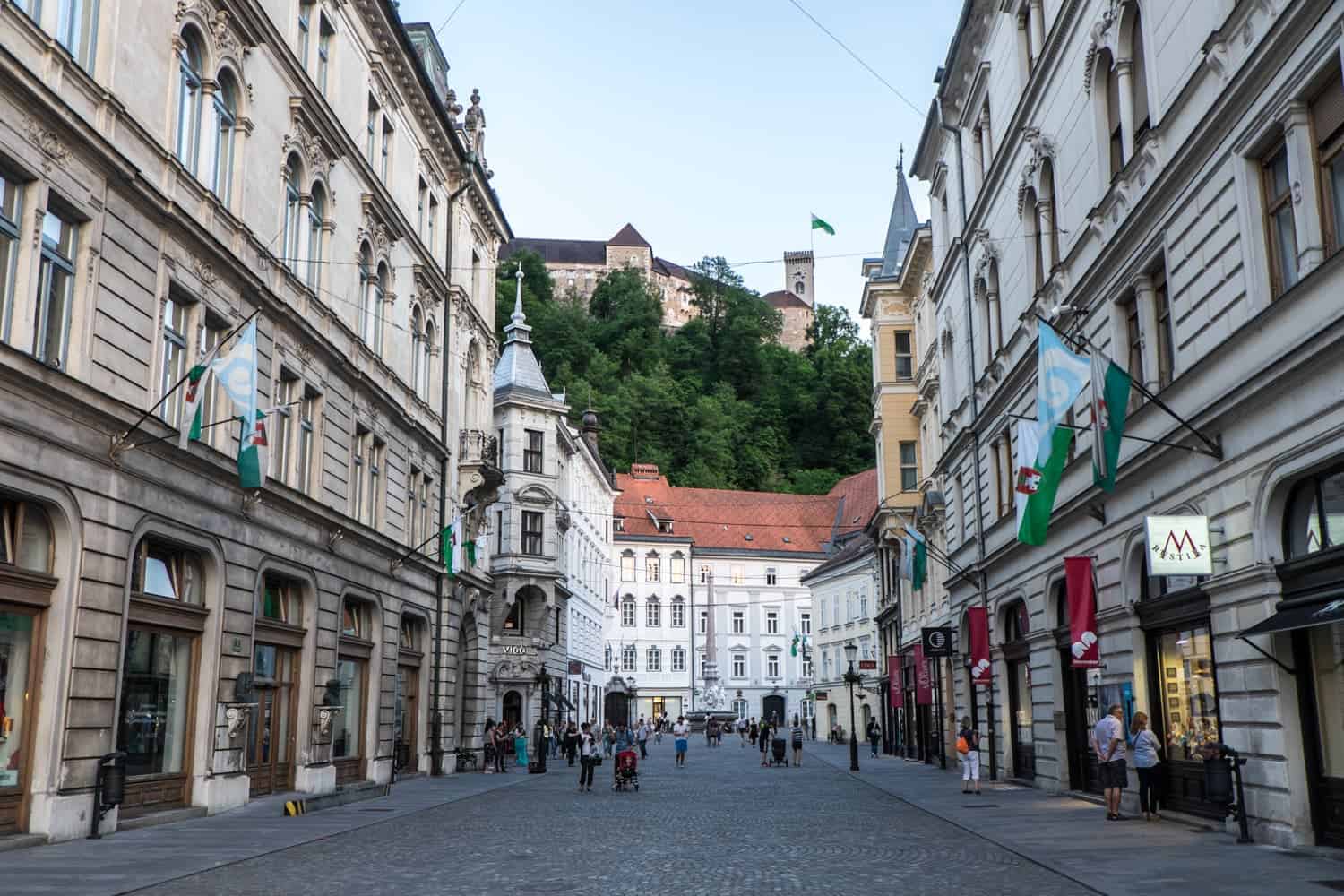
Visit Ljubljana Charm: The Old Town
Metelkova (which is a site of an abandoned barracks, turned urban squat, turned artists studios) is, therefore, the place to be to experience new Ljubljana, whose injection of cool part comes from its 60,000 students.
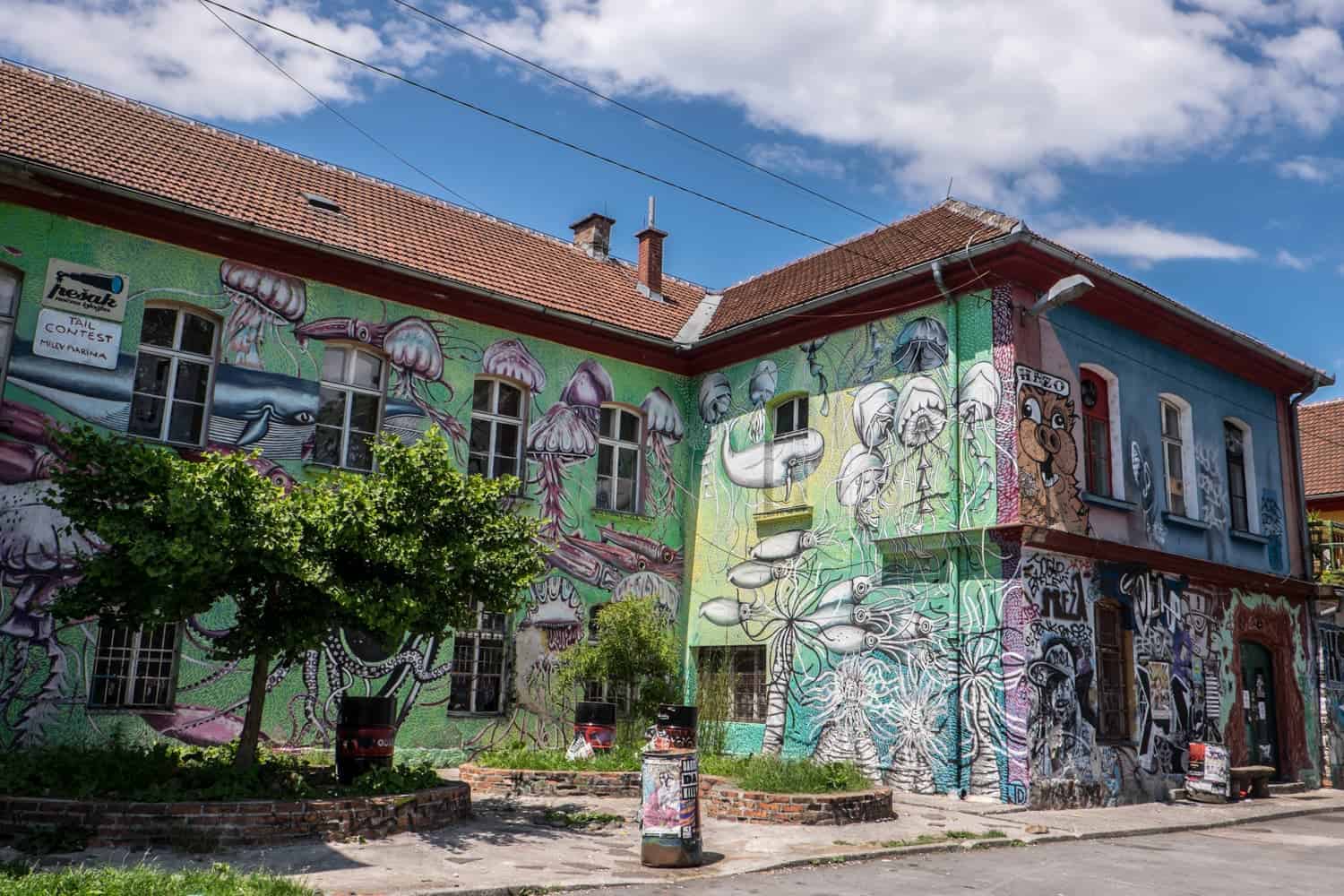
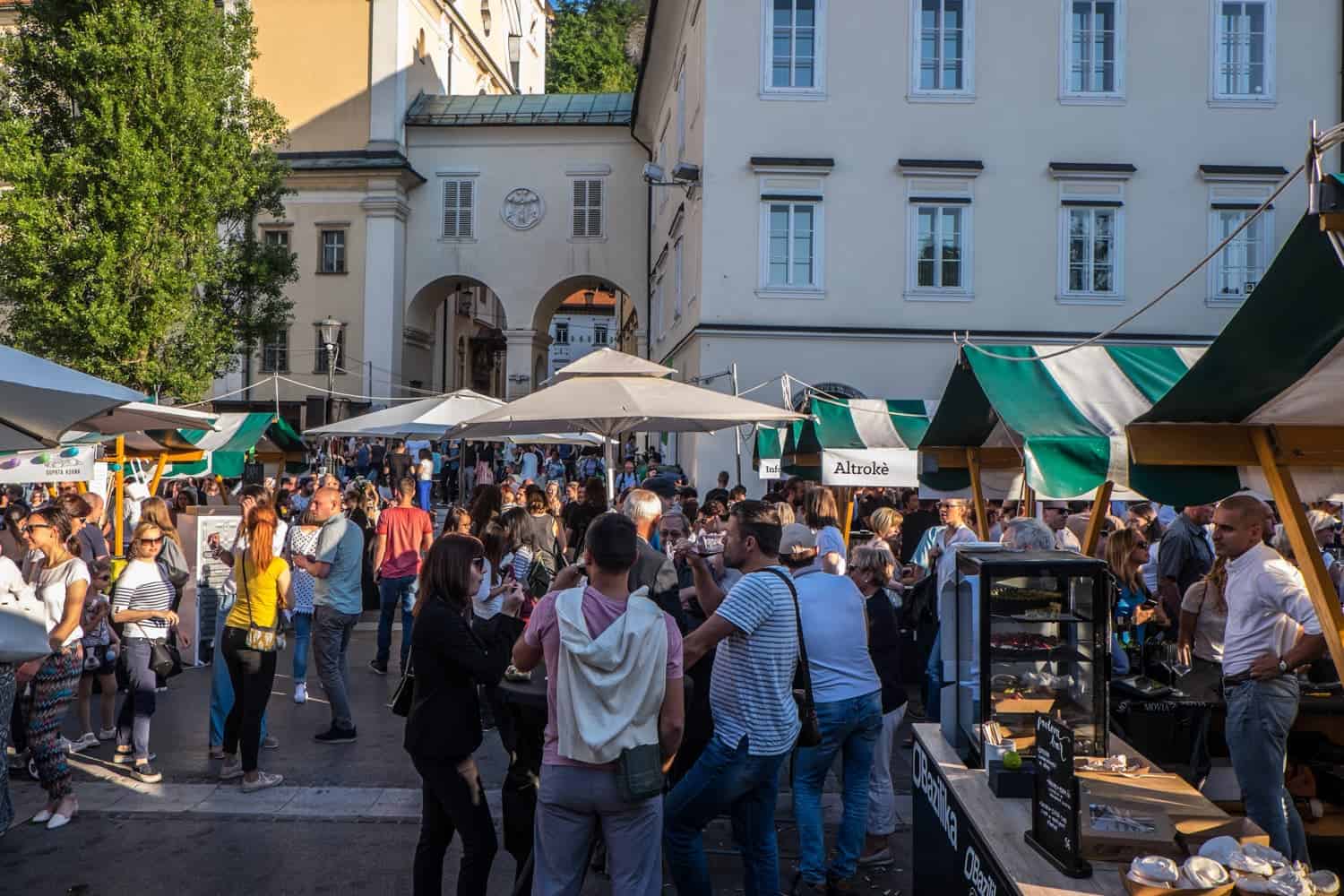
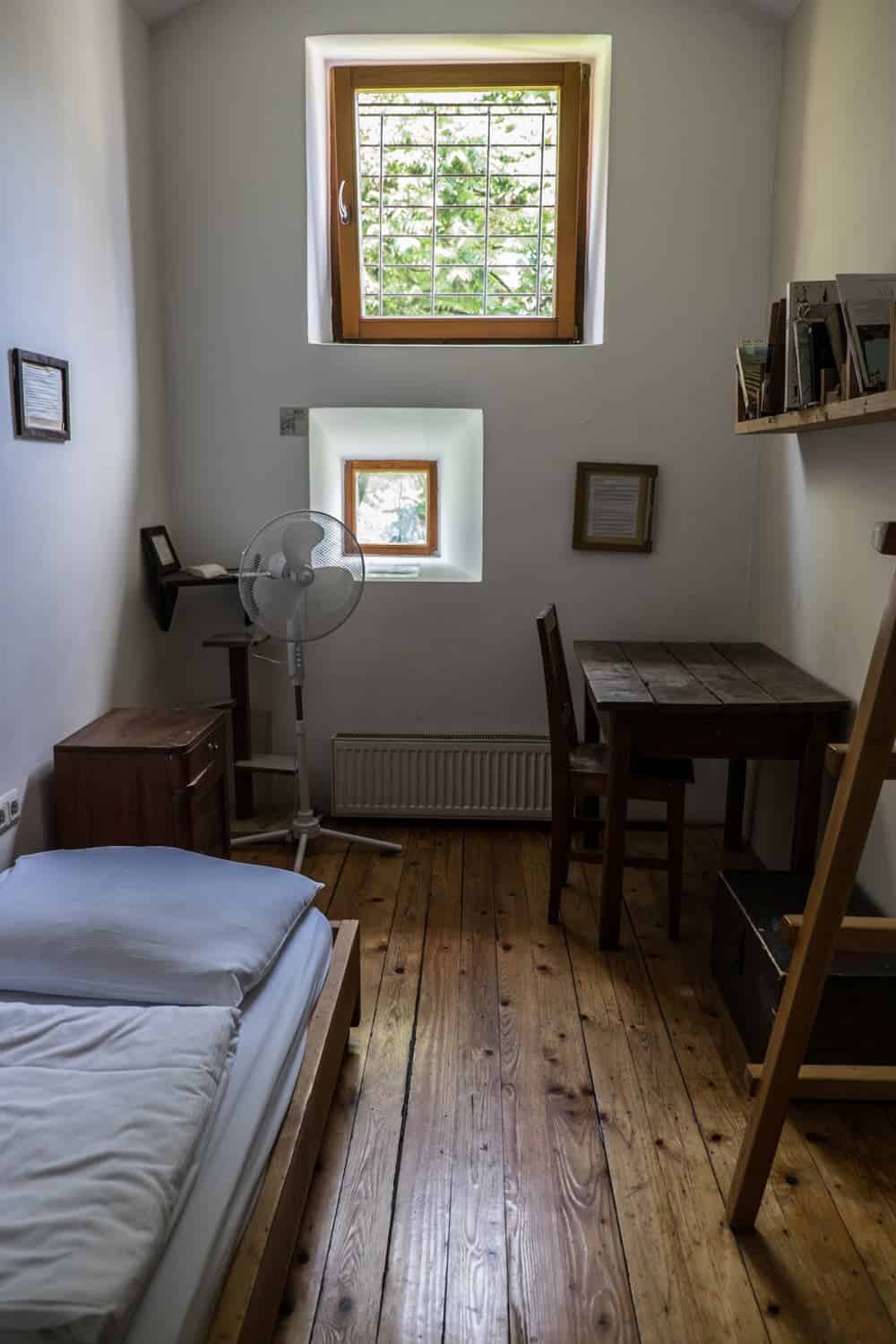
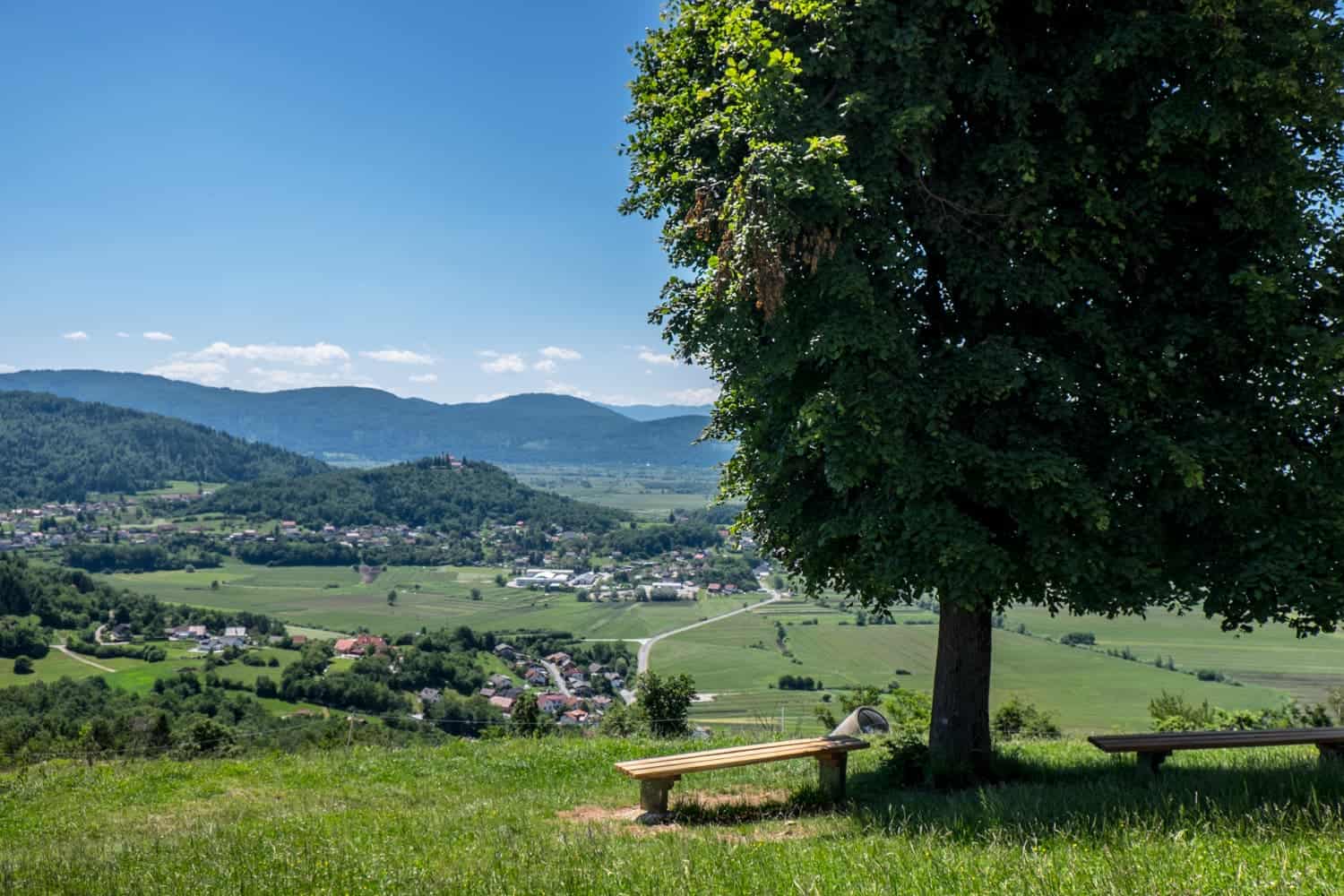
 The National and University Library in Ljubljana
The National and University Library in Ljubljana
The former prison turned hostel, Celica in Metelkova, Ljubljana
The heart of Slovenia and a lesser-known darling of central Europe, Ljubljana will charm you with its old town, but surprise you with how much more it has to offer. It might just be time to re-think your European city-hopping route.
Old crumbling building in Ljubljana Old Town add to the historical charm
Place all of that within the Mediterranean atmosphere of streets lined with tables, humming outdoor markets, a slew of coffee shops and those revelling in wine tasting and locals casually wheeling past pastel boulevards on their bicycles, and you’ve got yourself a very attractive city.
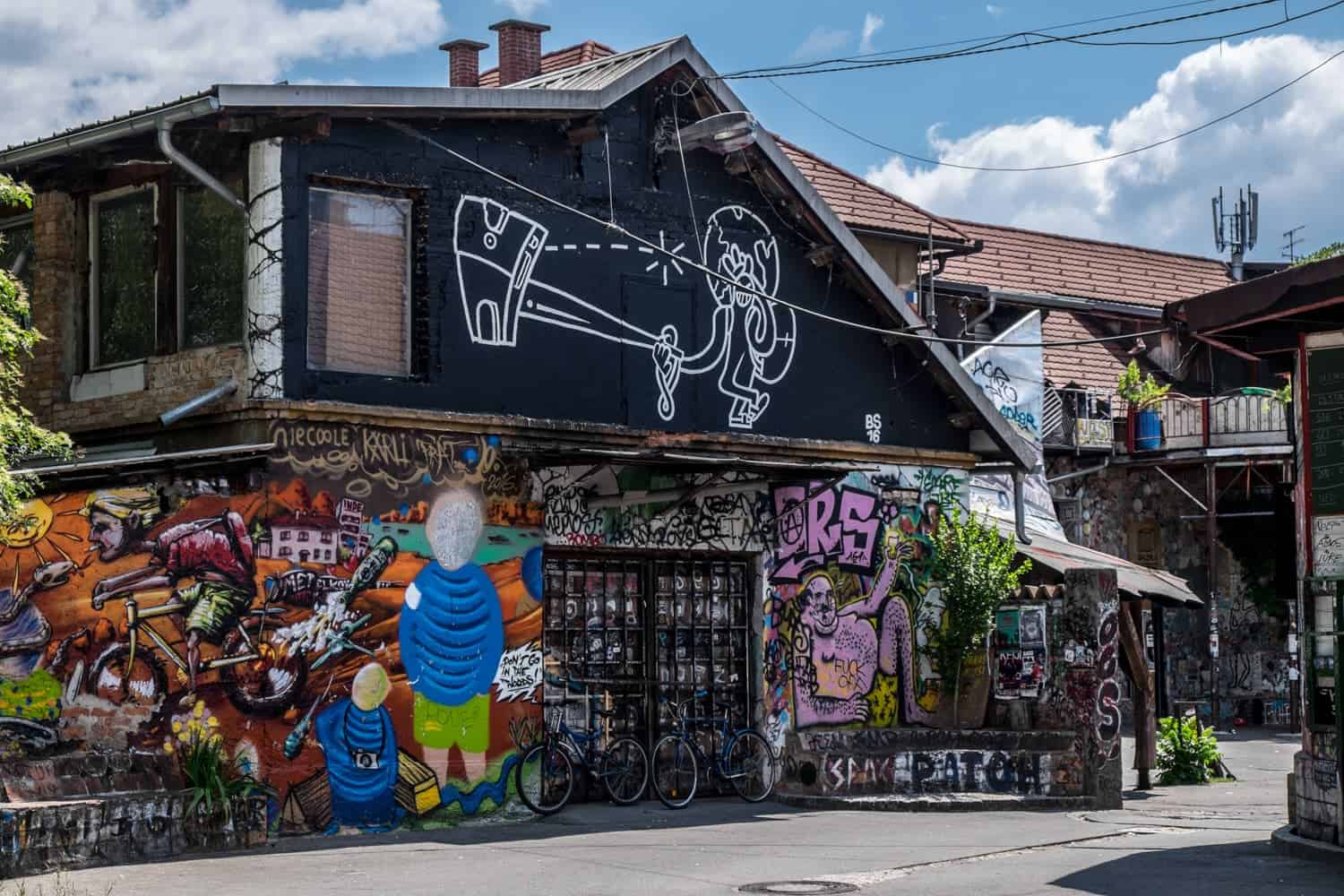

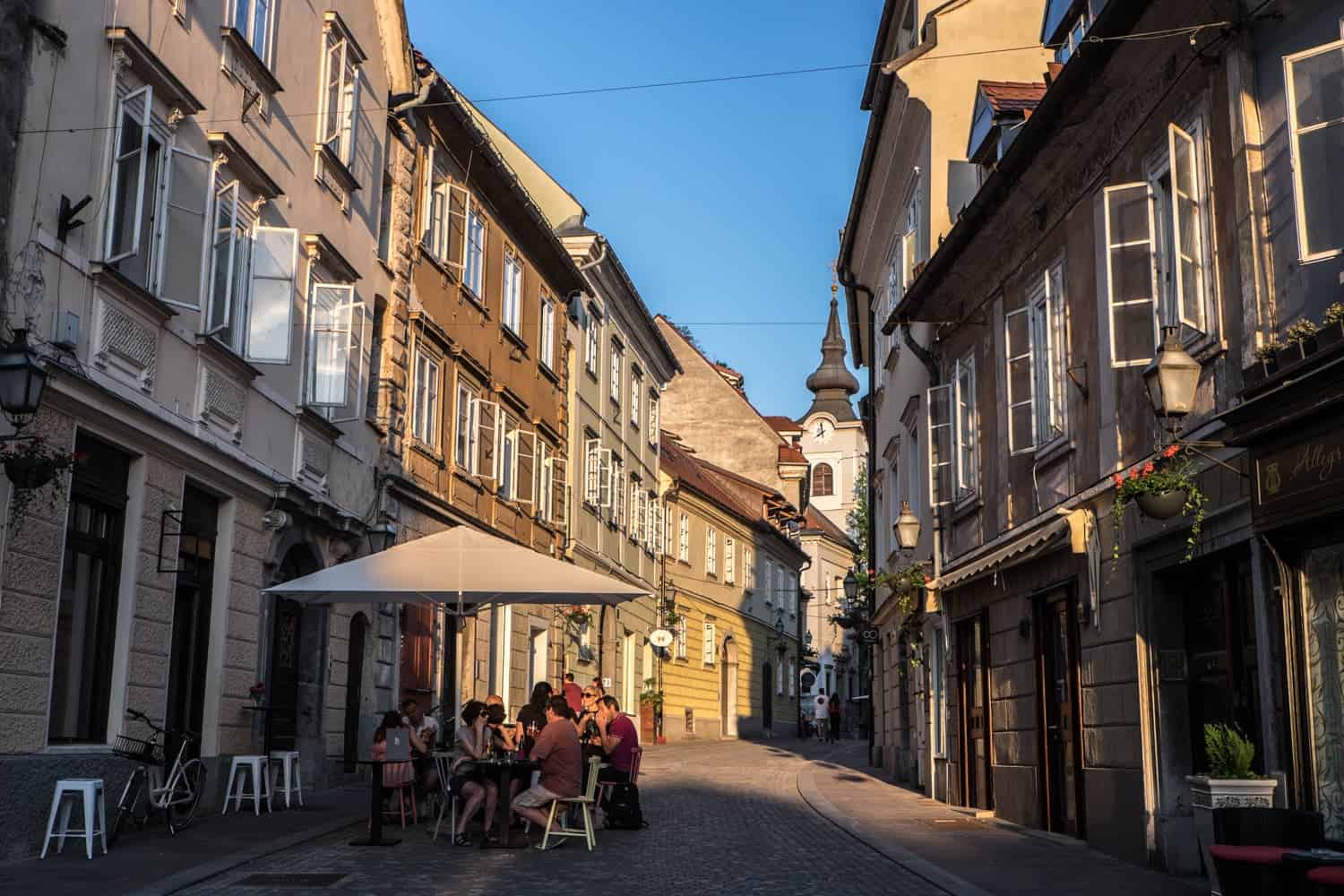


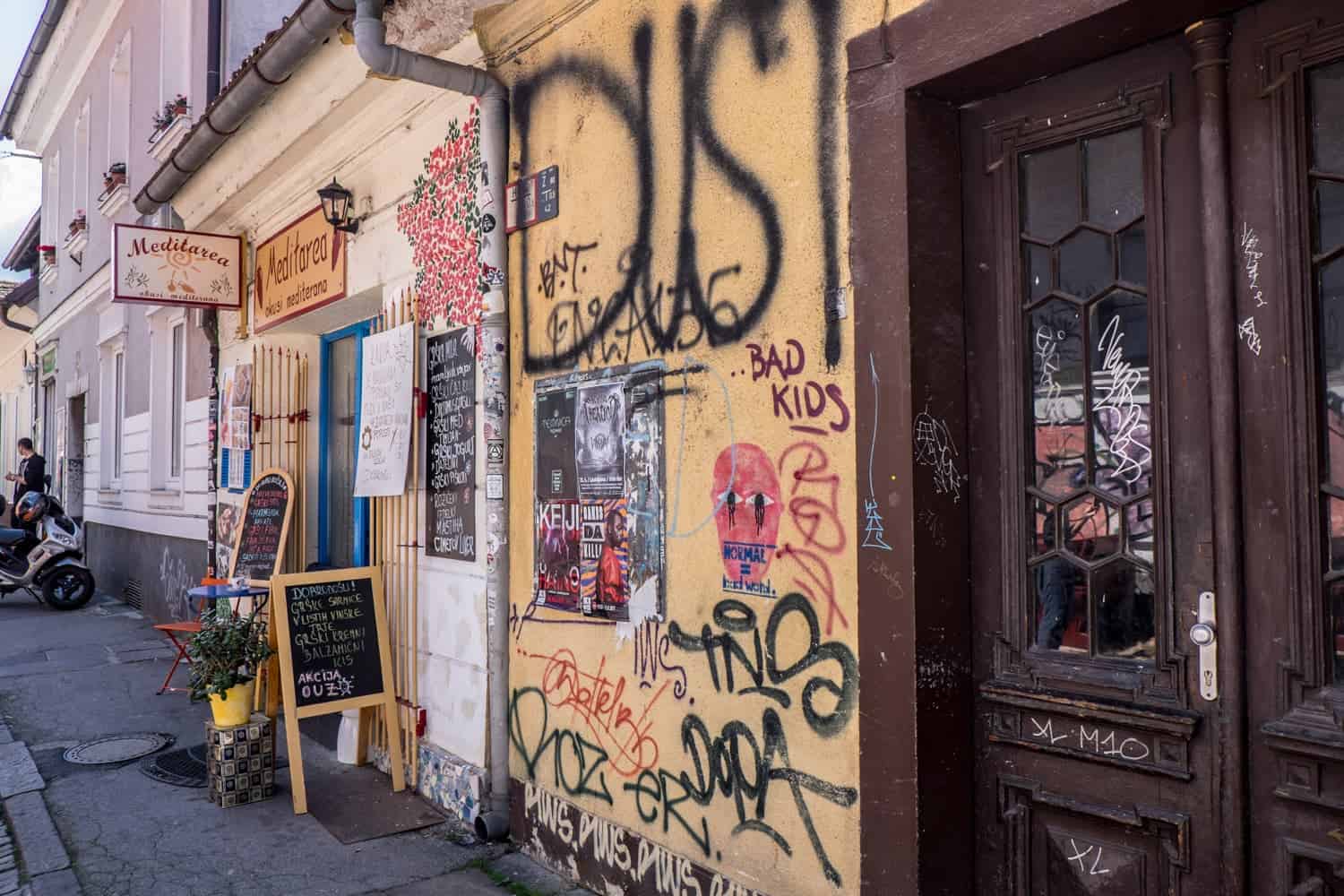
City views from the top of Ljubljana Castle
Except, travel to Ljubljana is more than the sum of its charming Old Town status that many do not look beyond, thereby setting a course in time for overcrowding and missing out on the young, artistic minds that have come to shape the city.
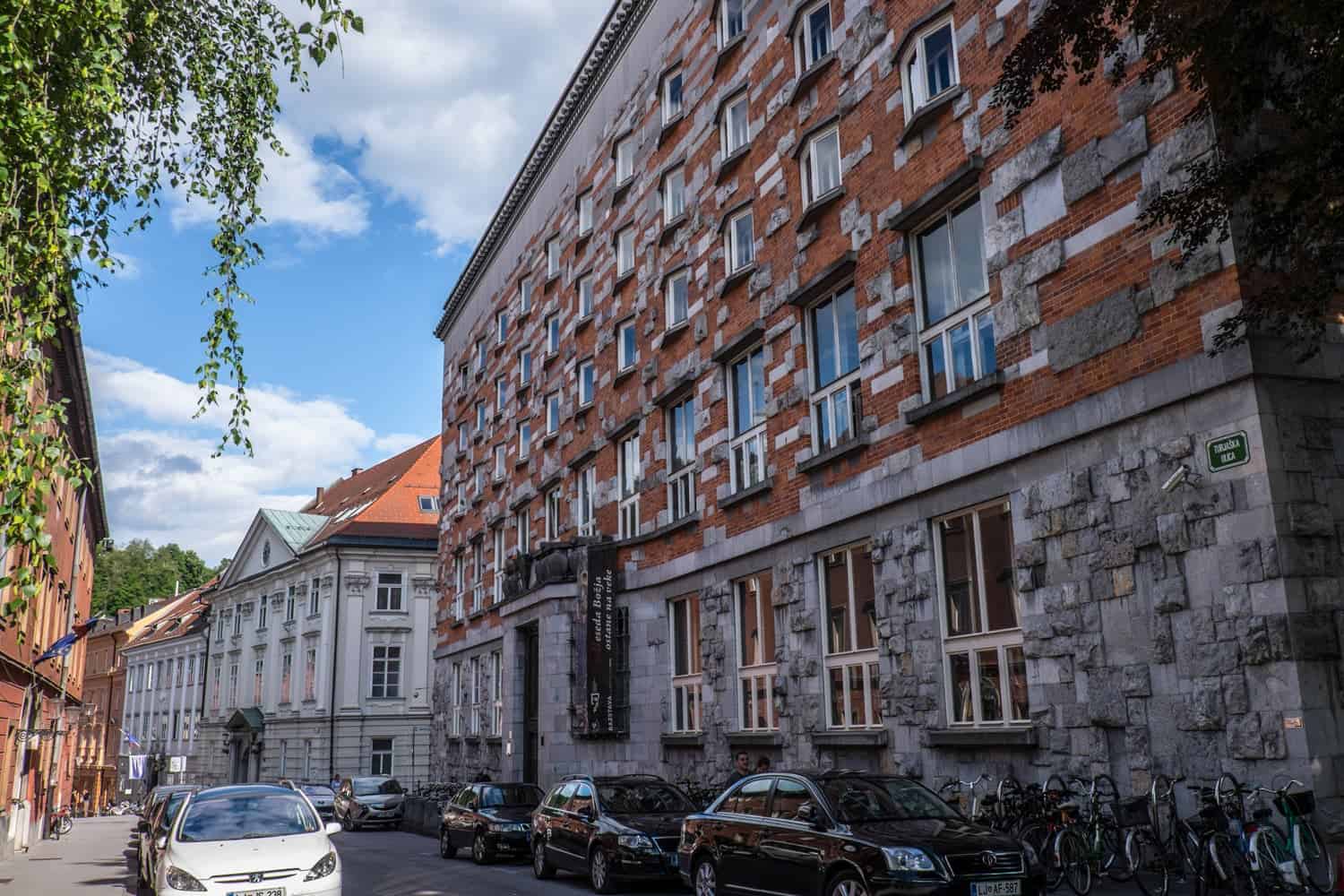 The architecture of Ljubljana Old Town is its living historical timeline
The architecture of Ljubljana Old Town is its living historical timeline

I was told there wasn’t a lot to see at the Rog Factory, which is a short walk away from Metelkova, but I disagree. Should the door to the site be open, it’s well worth a wander. One room was an ariel silk practice area, other artists were working away in their small studios and the courtyard was filled with junk art, murals and even a robot sculpture made of metal. It’s a fascinating, reformed space where anything goes.
We had lunch in Atelje, cooked up by one of Ljubljana’s award-winning chefs. Other recommendations include the healthy menu of Mala Terasa Bistro in the Skyscraper Nebotičnik for food with a view, and to sample the international influence of Slovenian cuisine check out the Japanese chef influence at Bazilika and the middle-eastern feasts at Abi Falafel.
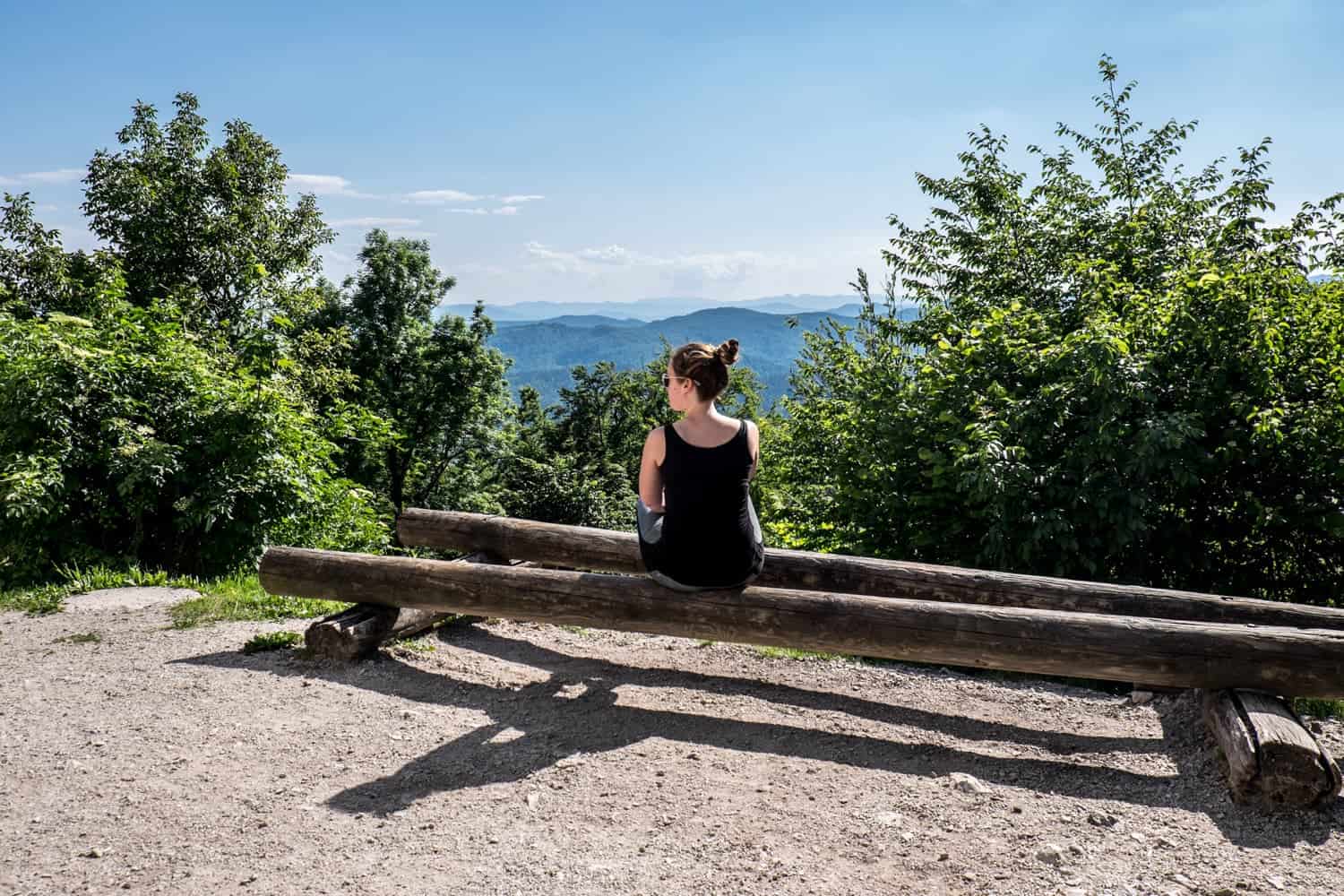
Not only is it about the architecture, but Ljubljana thrives on the atmosphere that comes from the food and drink scene that mixes traditional with the modern in a city where young local chefs and international kitchen wizards are the force behind the reinvention.
Disclaimer: This post contains affiliate links to handpicked partners, including tours, gear and booking sites. If you click through or buy something via one of them, I may receive a small commission. This is at no extra cost to you and allows this site to keep running.
Explore the gritty, art neighbourhoods of Ljubljana next to the Old Town
Look out for the more subtle and hidden street art in Ljubljana
I’m always seeking out the ‘other side’ to these pretty pastel old cities, and of course in Ljubljana, artists have found their space for expression.
It’s a complex catalogue of Ljubljana’s past – whose early beginnings in the early 1100s are recorded before being turned into a stone fortress in the 13th century, where it came under the estate of the Habsburgs in 1335 who demolished it and rebuilt it as new. It was ‘repurchased’ in 1905 by the then major of Ljubljana from Austro-Hungarian authorities.
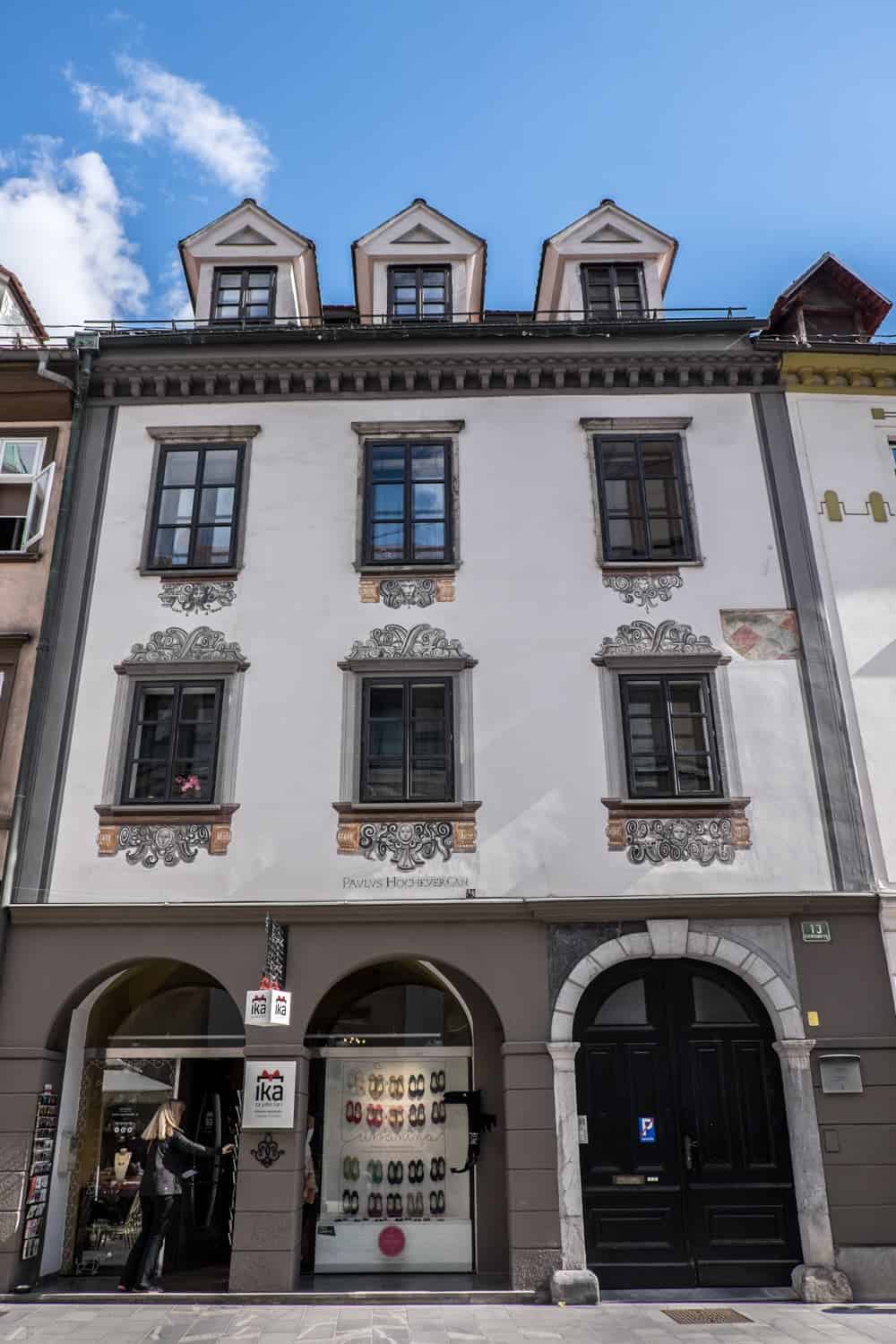
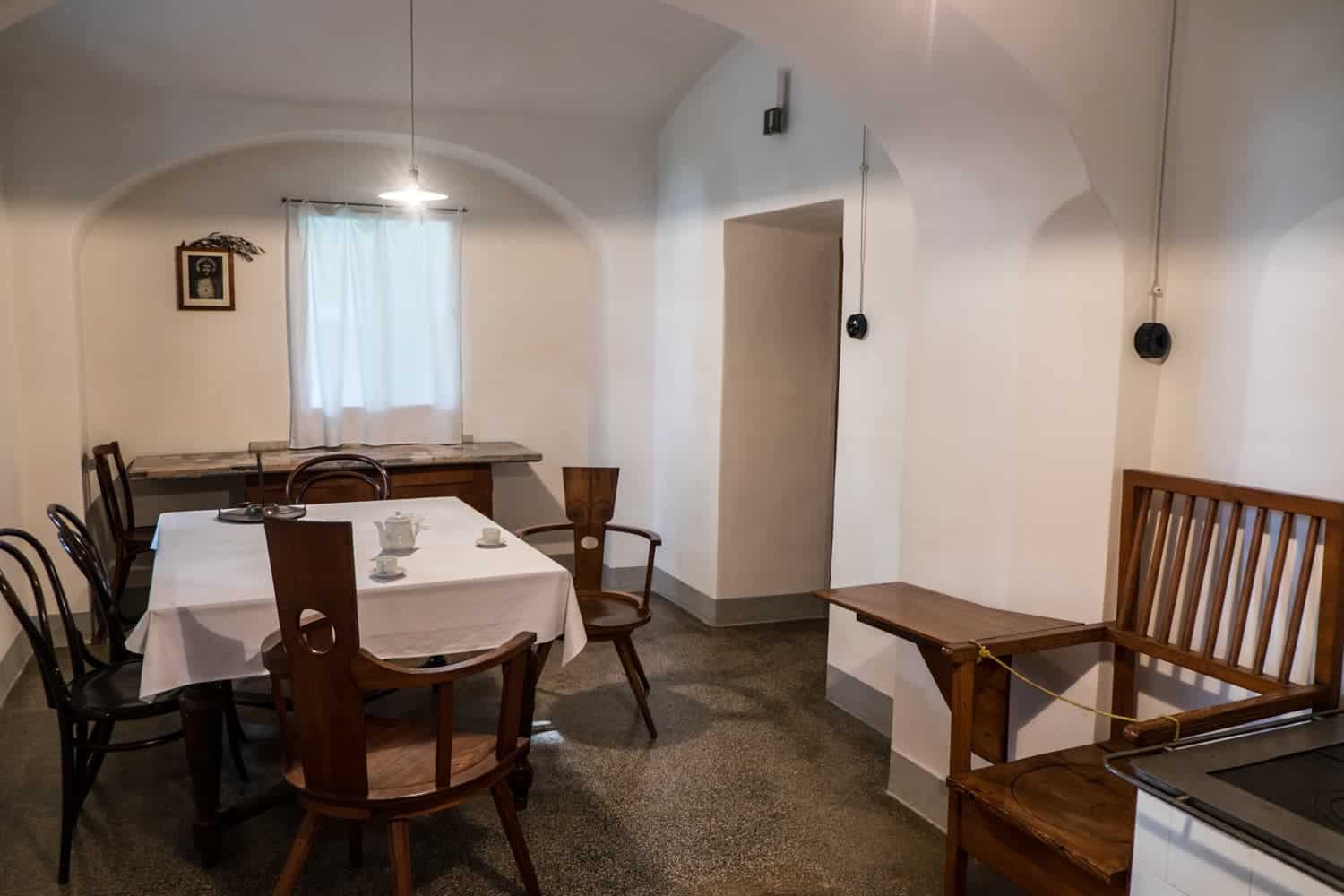

Ljubljana’s Architectural Legacy: Jože Plečnik’s Urban Design
However, to get a real taste for how vast the options are in Ljubljana, the Open Kitchen Market should be top of your list. Every Friday the best chefs and city restaurants come together, each with their stall for locals and visitors to enjoy dishes on the spot. All washed down with fines wines, a good crowd and some music pumping in the background. It’s crowded, but for good reason.
While small murals can be found in the old town, like the images above, you’ll know when you’ve crossed into the more gritty neighbourhoods. These corners of the city are home to street art, sculpture art, artist galleries and studios that are home to an underground music scene of alternative bars and clubs at night. I couldn’t imagine Ljubljana without this contrast since it’s such a striking and fascinating difference to the Old Town.
The Dragon’s Bridge, adorned with giant emerald green dragon figures is the city’s first Art Nouveau creation made in 1901.
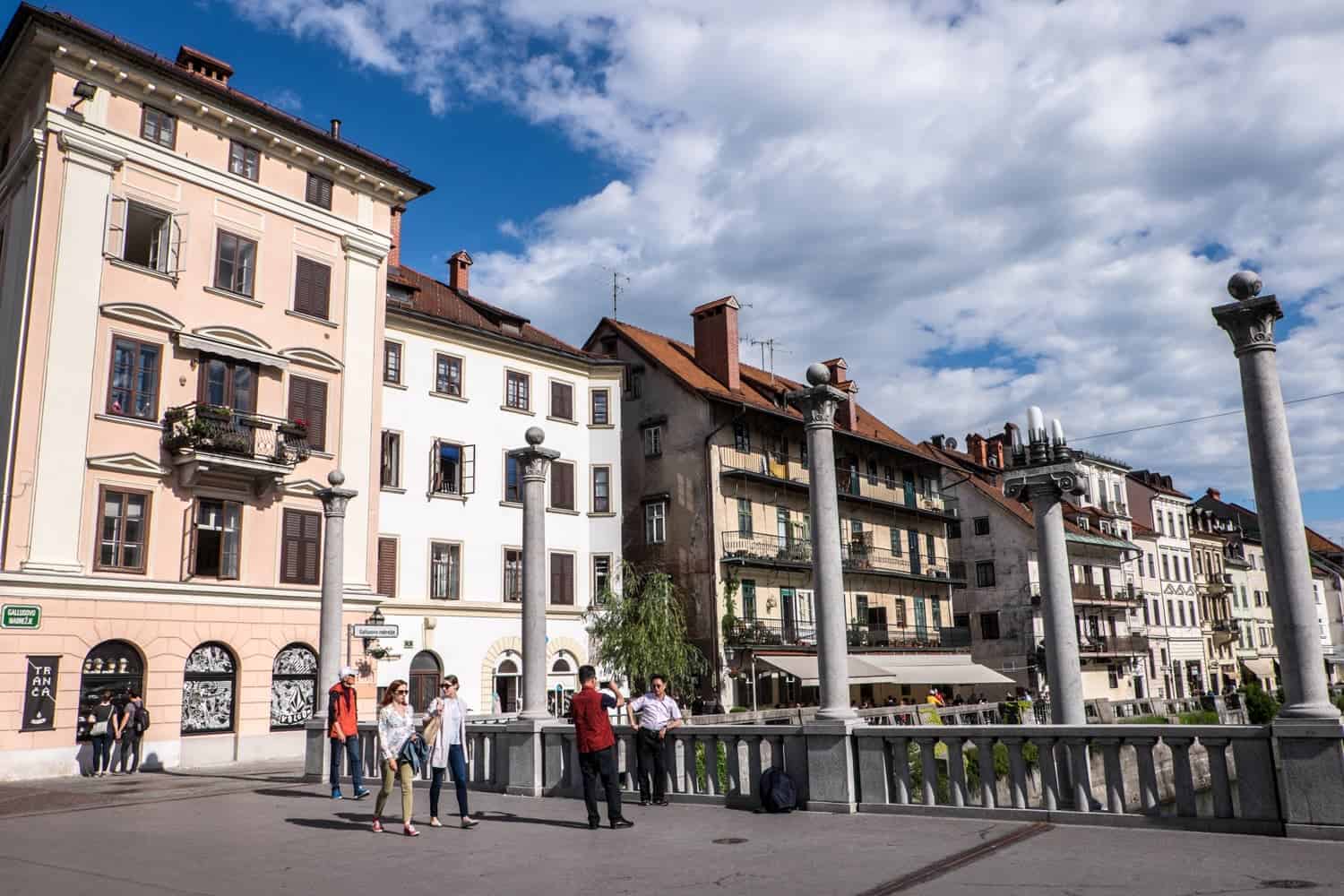
There are remains of the Roman city of Emona in the serene, green-filled outer city suburb of Trnovo – one of the oldest areas of the city, built outside of the city medieval walls, that used to be home to the fisherman.
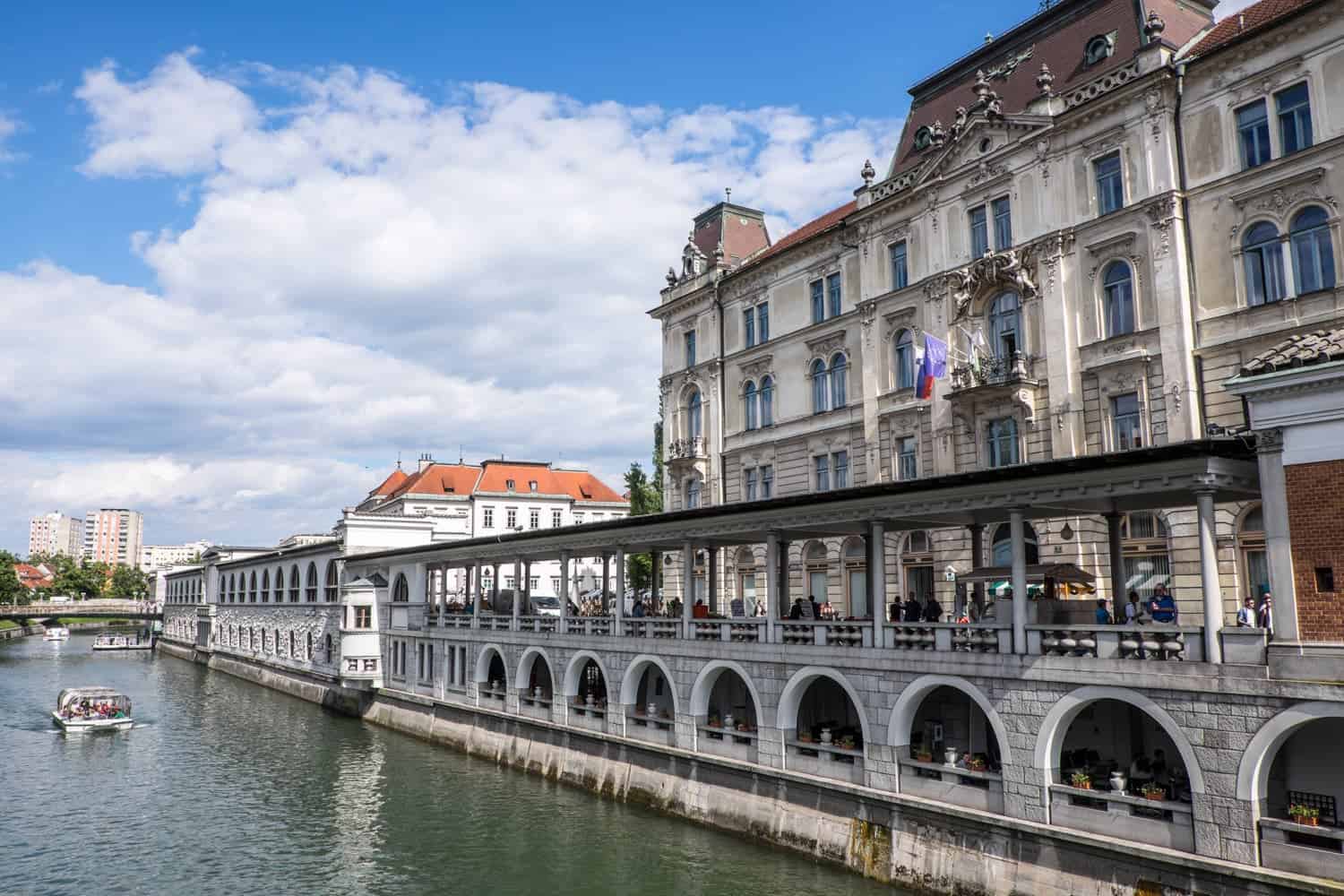 All his works in Ljubljana were created in less than 20 years and his constructions here are rated some of the most prominent works of European art of the 20th Century. You likely stumble or stroll upon them without realising but the main design works include:
All his works in Ljubljana were created in less than 20 years and his constructions here are rated some of the most prominent works of European art of the 20th Century. You likely stumble or stroll upon them without realising but the main design works include:
The infamous green dragon at the end of The Dragon’s Bridge
My four days there was a perfect introduction to the variation of European capitals in central Europe and my first foray into Slovenia. Here’s my guide to Ljubljana and its multi-faceted layers for all kinds of curious travellers. Living in Austria, I certainly have no excuses to not return…

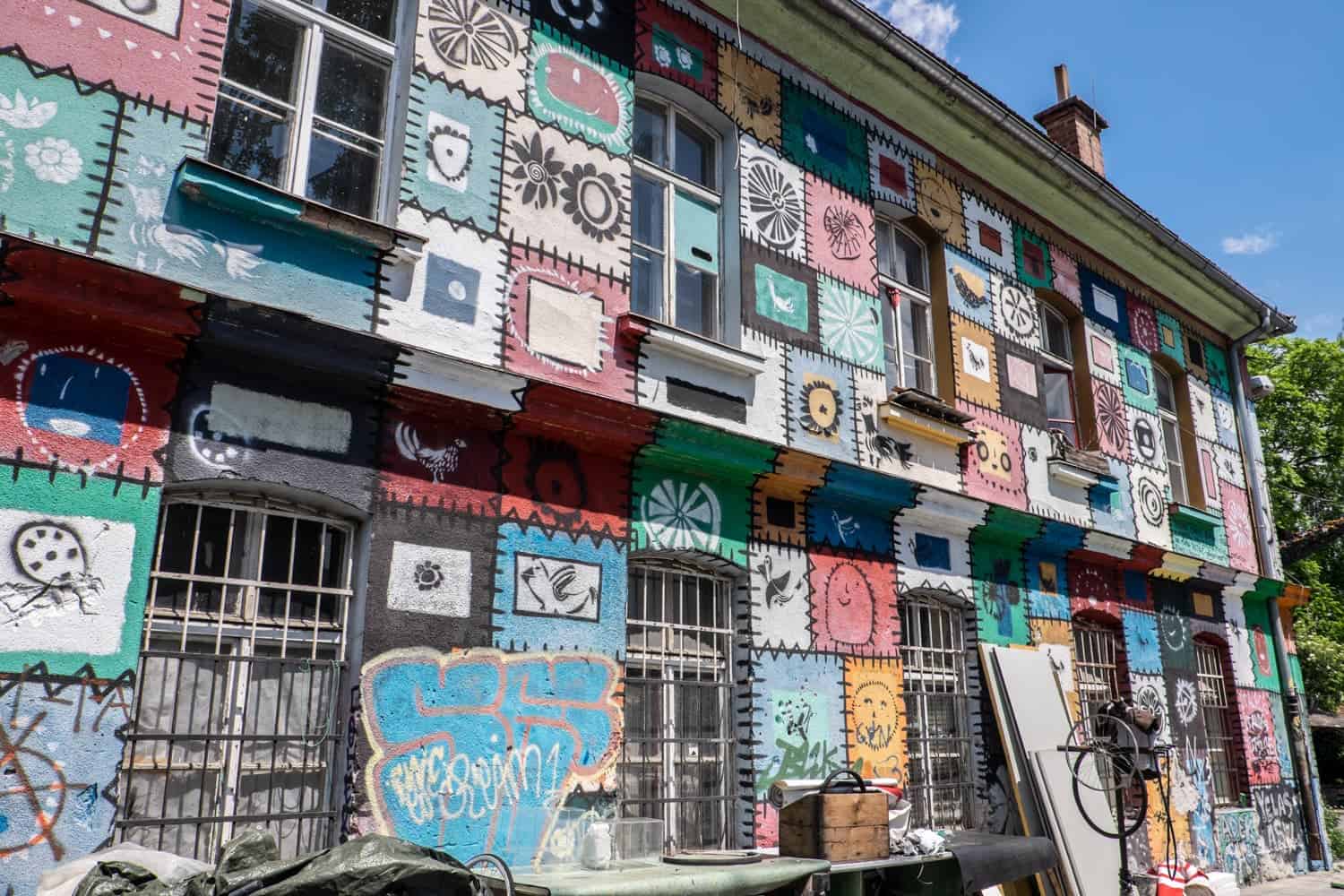
My trip to Ljubljana was a combination of a #EuroCityTrip project to highlight the city as a ‘cool neighbour’ to Austria’s second-largest city of Graz in partnership with both city tourism offices. Perfect as part of a multi-country city-hopping trip, you’ll be surprised how much they have in common being so close to one another.
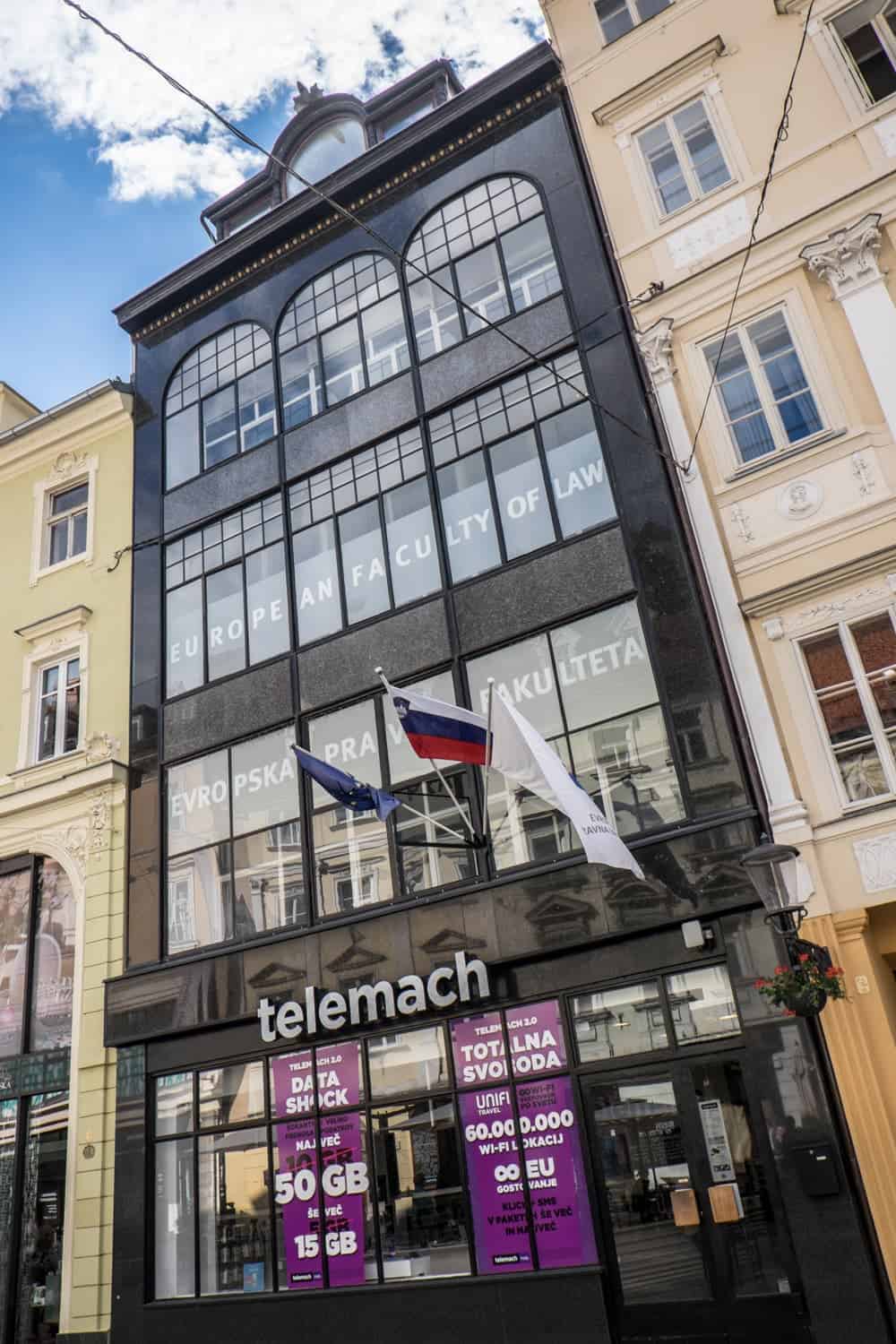


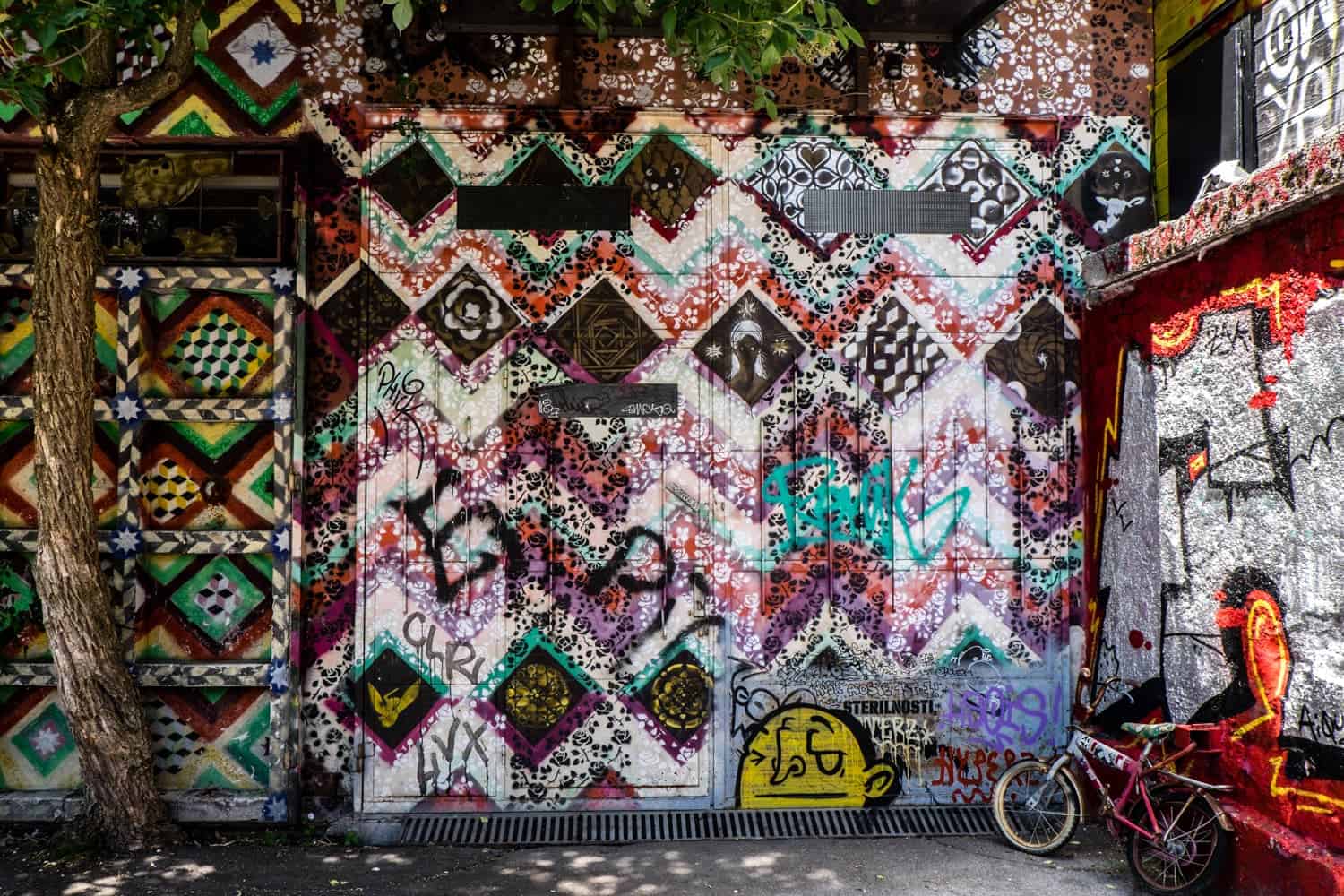

Metelkova’s art space is also home to some cool bars and music venues
Then, of course, there is the design works of Plečnik – Ljubljana’s famous architect and urban designer.

Ljubljana has a small-town feel but with big European capital vibes, which is what you can expect from a capital that sits between central Europe and the Mediterranean.
Modern Slovenian Cuisine in Old Ljubljana. Reinventing Tradition

If there was ever a breakfast so wonderfully presented 376 metres on the hill, it is at the restaurant Gostilna na Gradu at Ljubljana castle and a great way to begin the exploration up here. In showcasing traditional eats and local ingredients, this breakfast serving is a part of a project established in 2015 giving hoteliers and restaurants the chance to bring the farm to table.

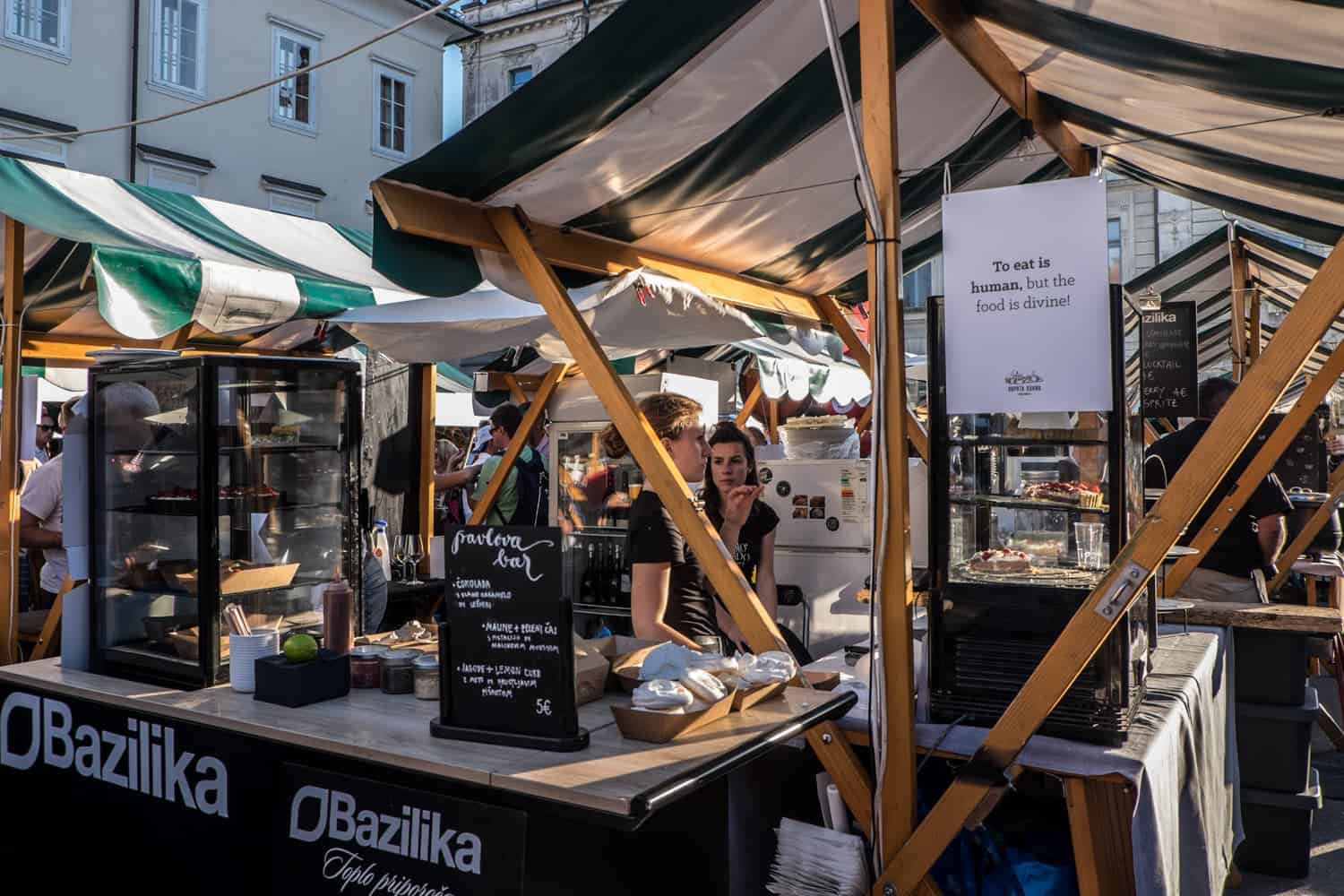 Art sculptures and studios inside the Rog Factory in Ljubljana
Art sculptures and studios inside the Rog Factory in Ljubljana

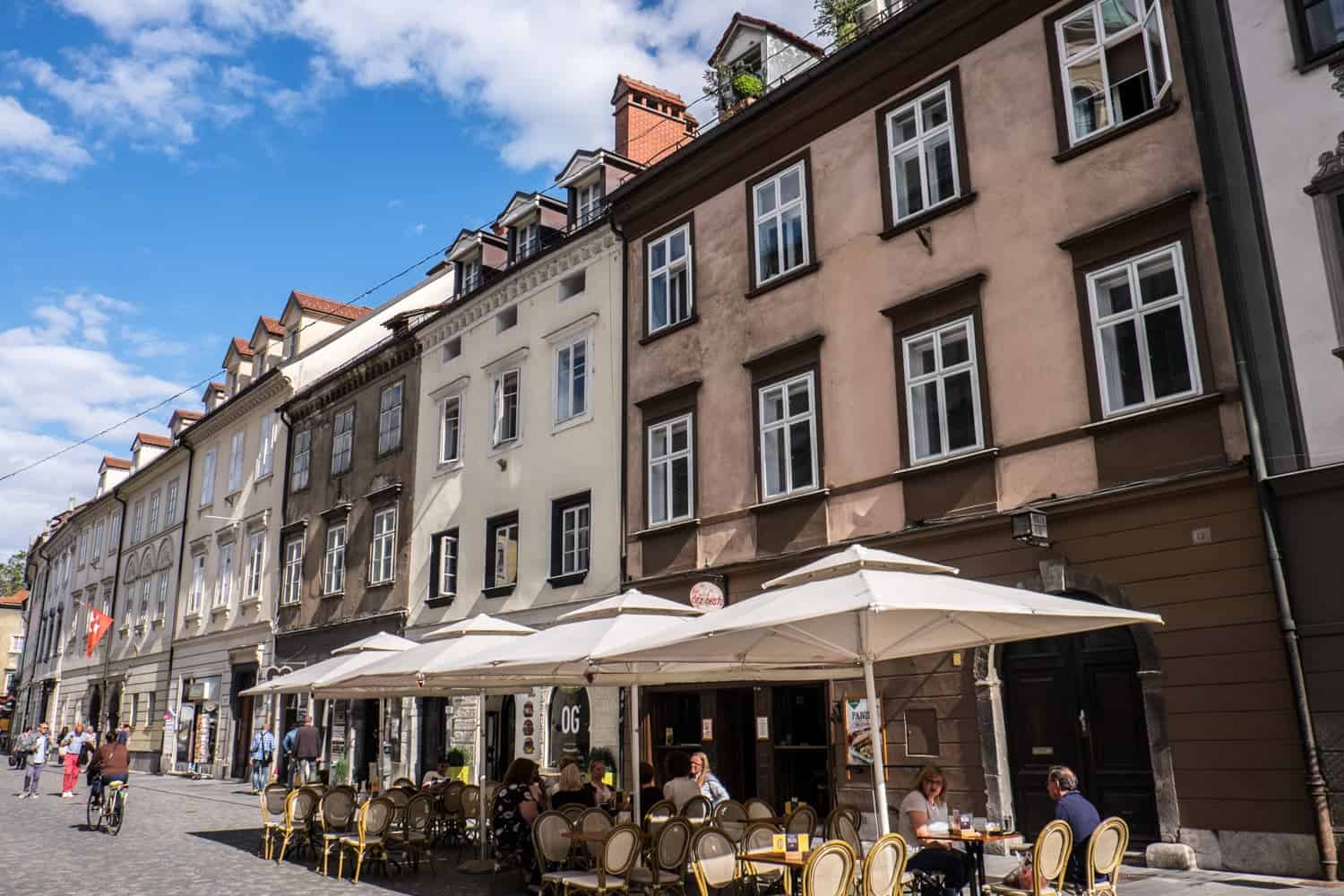
The Cobbler’s Bridge in Ljubljana designed by Jože Plečnik

Entrance to the Rog Factory in Ljubljana, surrounded by street art walls

Ljubljana Castle: The Symbol of the City

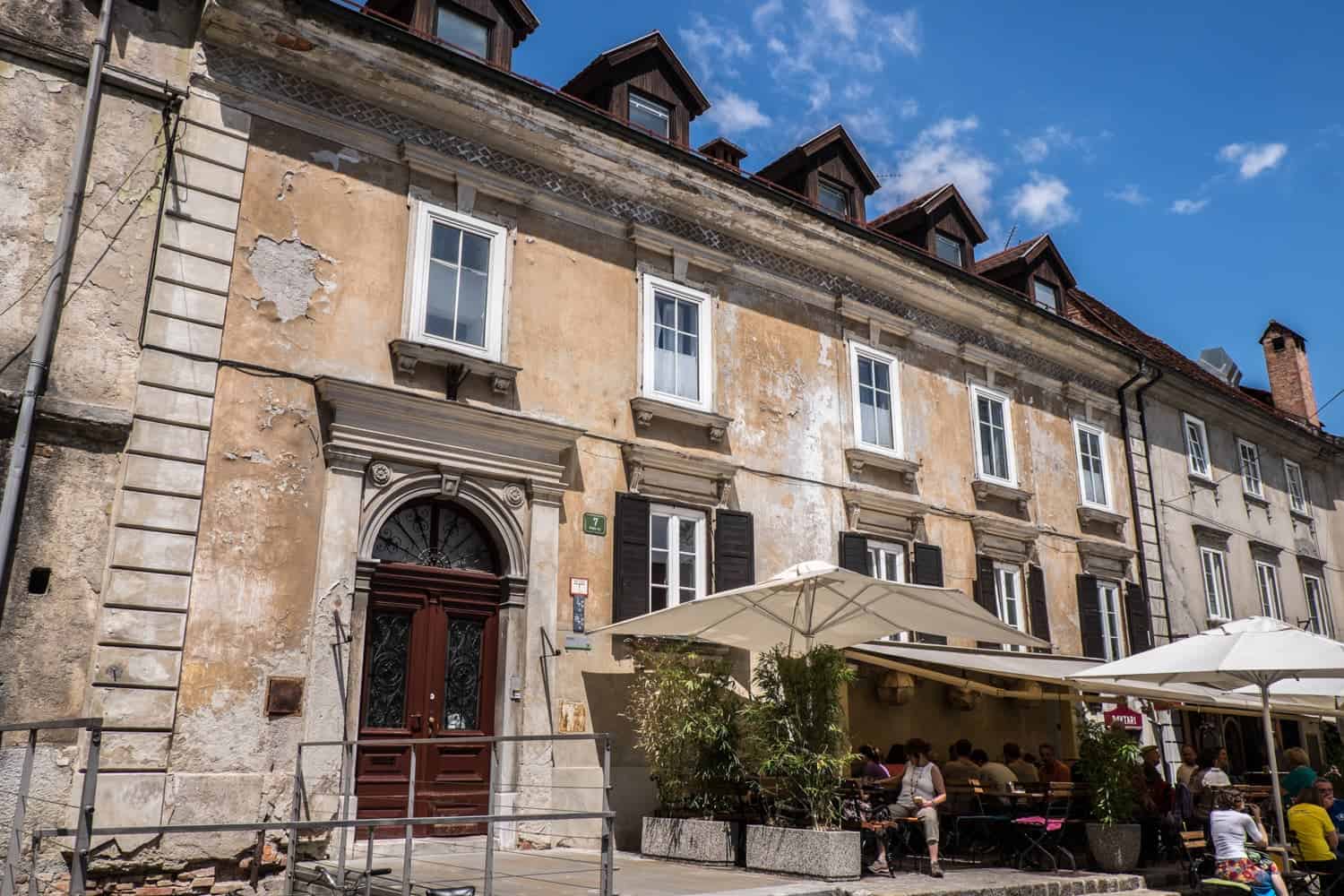

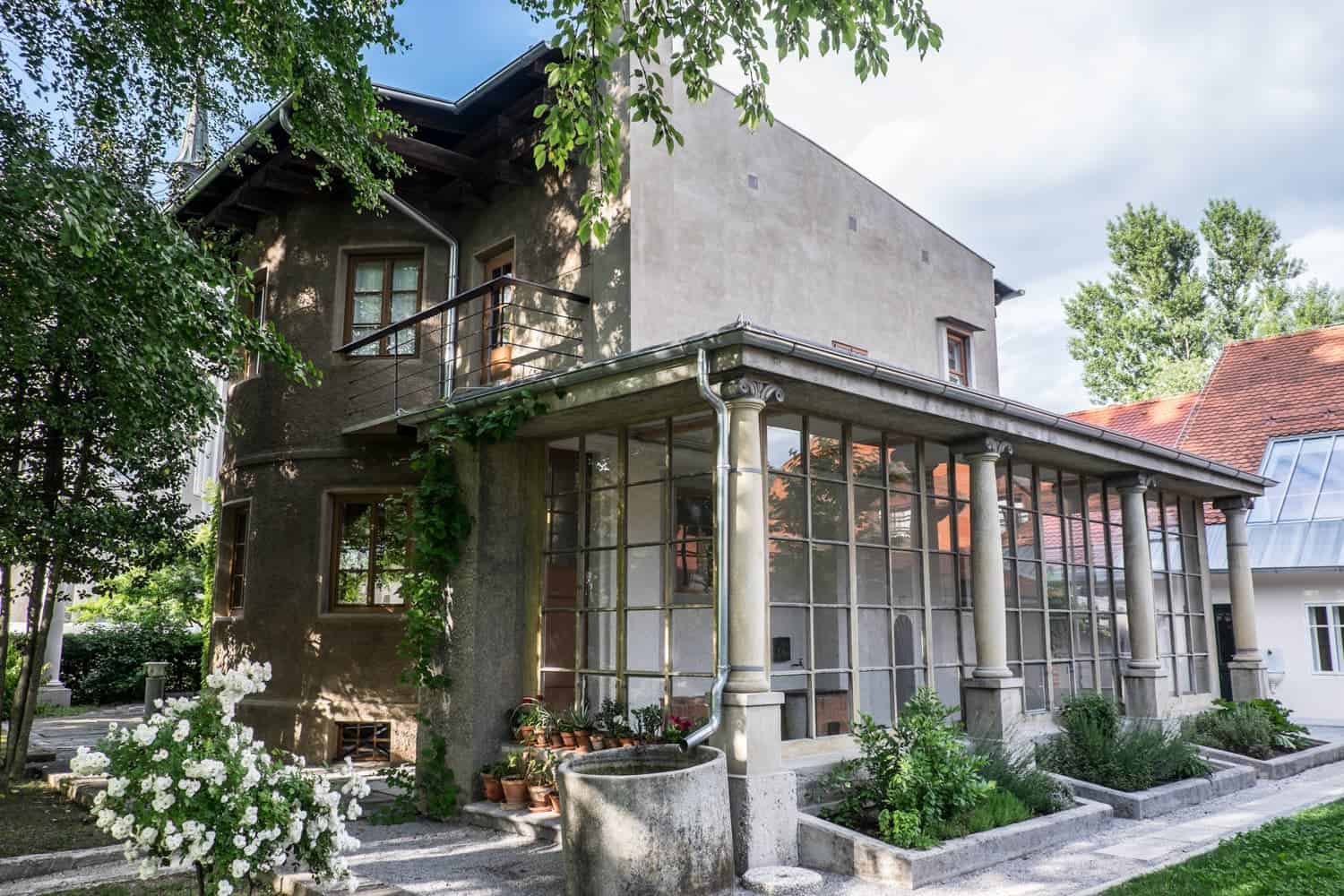
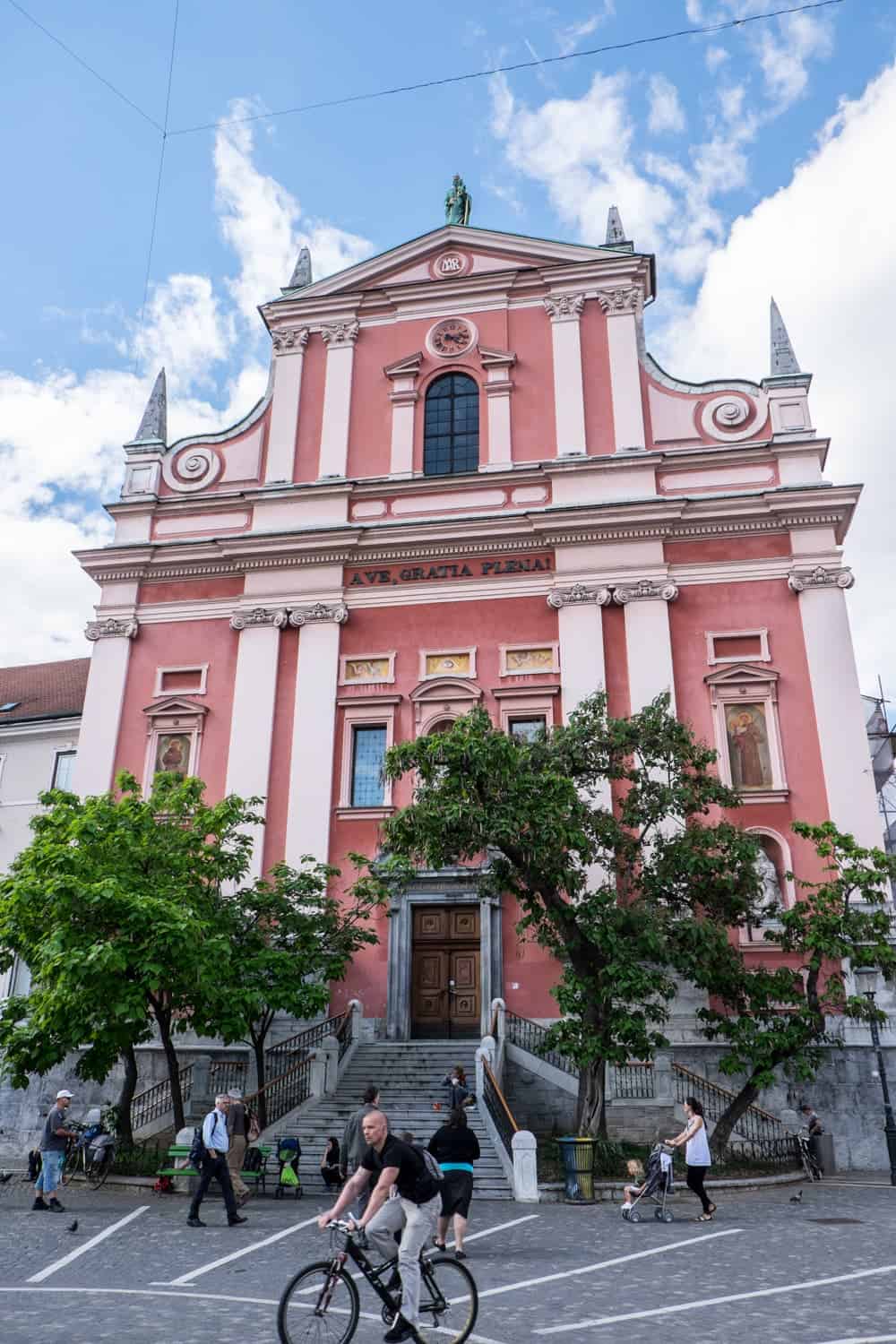

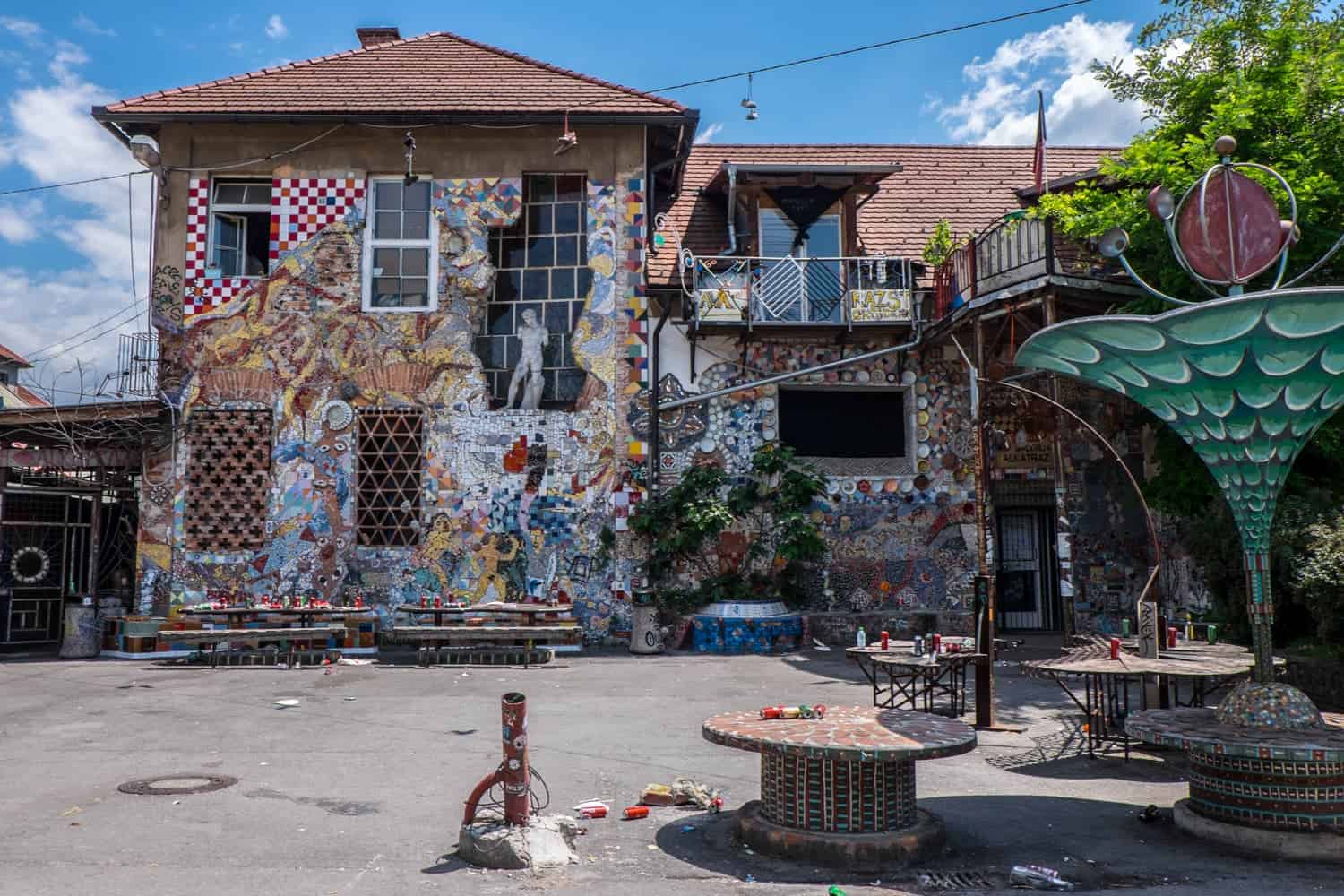


 Galerija Emporium fashion store in Ljubljana Old Town, home to Ljubljana’s first department store in 1903
Galerija Emporium fashion store in Ljubljana Old Town, home to Ljubljana’s first department store in 1903

See Modern Ljubljana – The Alternative Arts Scene


A city that has preserved huge timelines of historical changes, which is what cultural geeks like me get excited about.
There’s also the Žale Cemetery, the promenade in Tivoli Park (Ljubljana’s largest) and the National and University Library.
 One of the many art studios in Metelkova in Ljubljana, Slovenia
One of the many art studios in Metelkova in Ljubljana, Slovenia
Ljubljana is described as a “small capital with a green soul”, which means there’s plenty more to visually feast on than the gorgeous old town architecture. Central Slovenia is a blanket of nature filled with lakes, hills and mountains. From the marshes to the high peaks, outside of the city is a playground for hiking, biking and countryside wandering, with national parks and trail highlights accessible as day trips from Ljubljana.
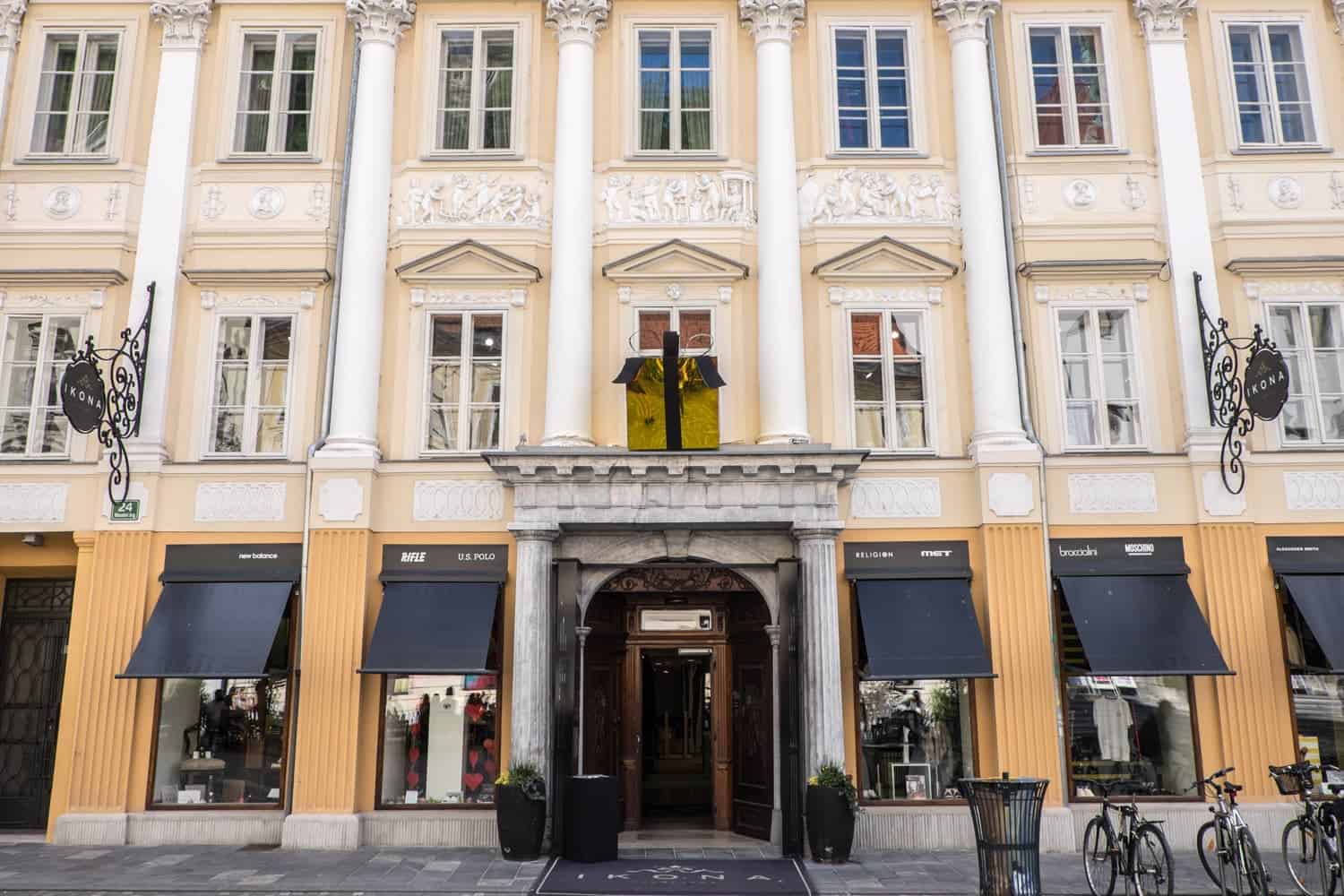

The Cobbler’s Bridge (connecting Mestini trg to Stari trg) designed to be a ‘square’ above the water.
Things to Do in Ljubljana, Slovenia – Slovenia’s Capital Beyond its Old Town
Visiting the Plečnik House in Trnovo


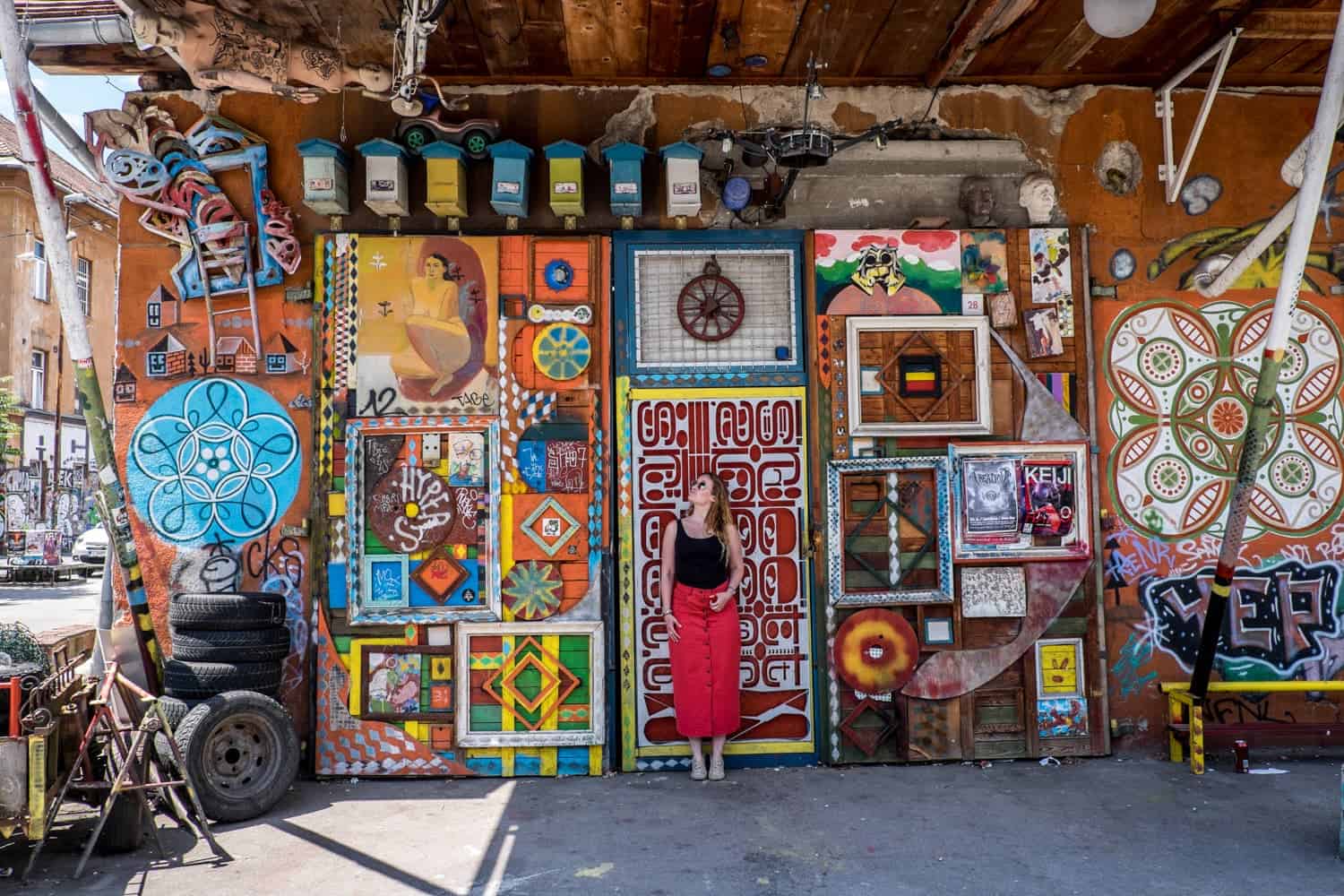
Alternative Travel Guide to Ljubljana – The Great Outdoors




The site of a former fortress, military warehouse, army barracks, prison and even apartments is worth strolling, especially for the panorama views and walks along the old ramparts and towers.
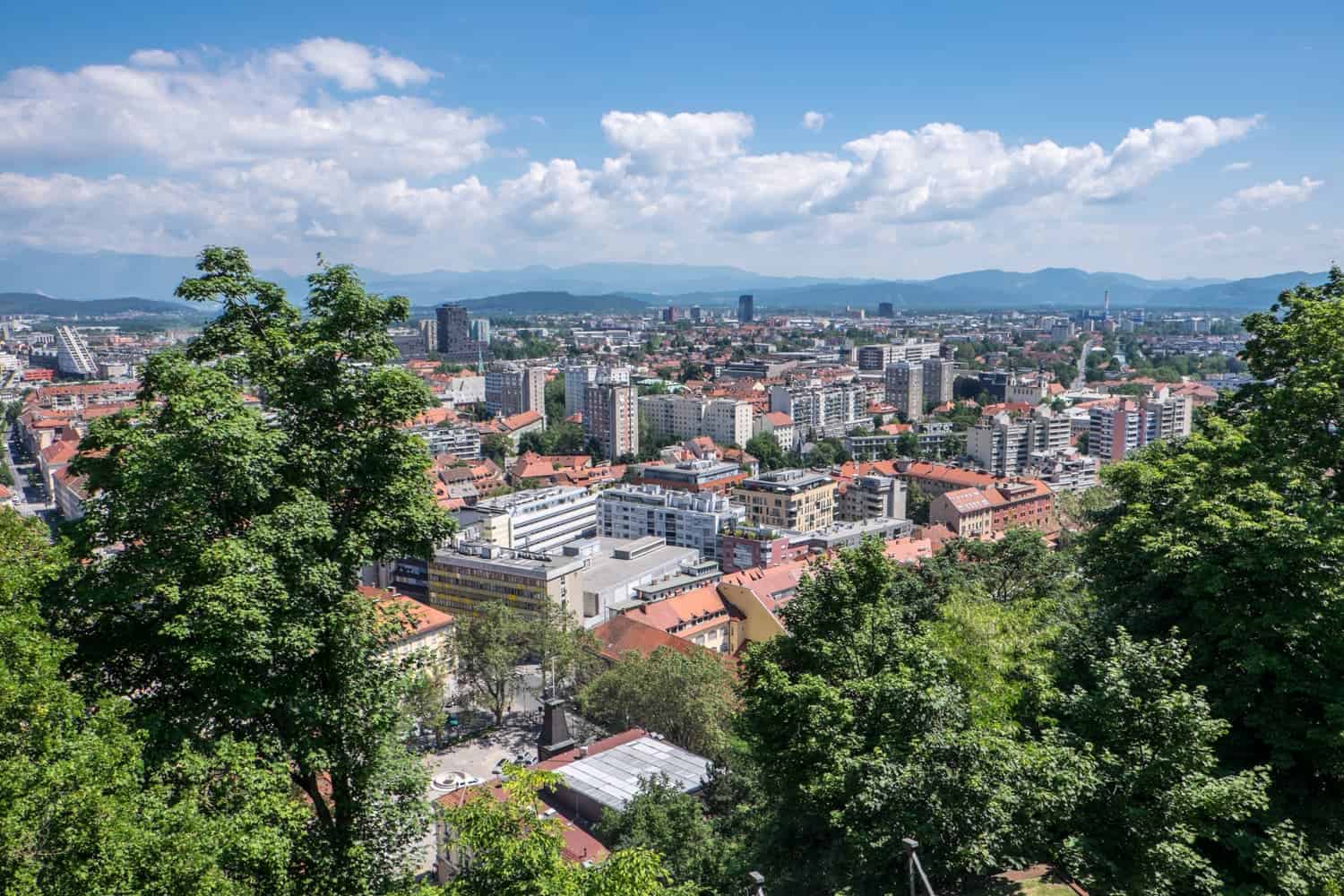

Booking.com
 You can grab a map of Plečnik’s 39 works in Ljubljana from the Tourism Information centre and go on a self-guided walk.
You can grab a map of Plečnik’s 39 works in Ljubljana from the Tourism Information centre and go on a self-guided walk.
Renaissance-era and Baroque (the latter designs found mostly in Stari trg, the oldest part of the city) fill the town, as they do in most European cities, providing the kind of charming city campus we all love to experience in variation across the continent. In Ljubljana, the more quirky Art Nouveau structures from the early 20th century can be found in the area between the old city and railway station.


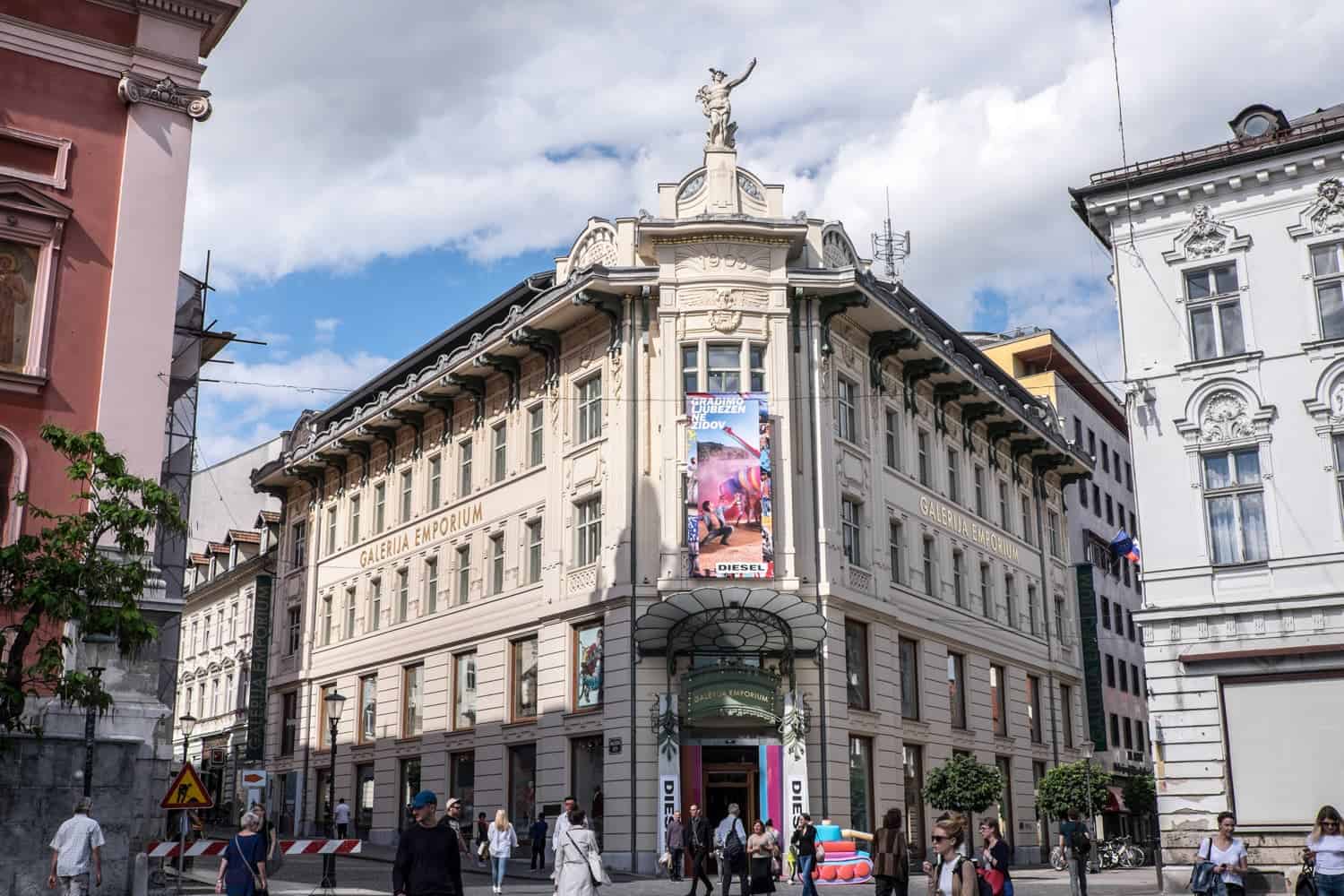


The Triple Bridge (where two bridges were added to an original stone bridge) and the Butcher’s bridge (to create more space in the central market’s colonnade for trading) which you can spot by the love locks and opaque floor.

Green Ljubljana – Day Trip Adventures in City Nature

Related
The breakfast at Gostilna na Gradu at Ljubljana castle
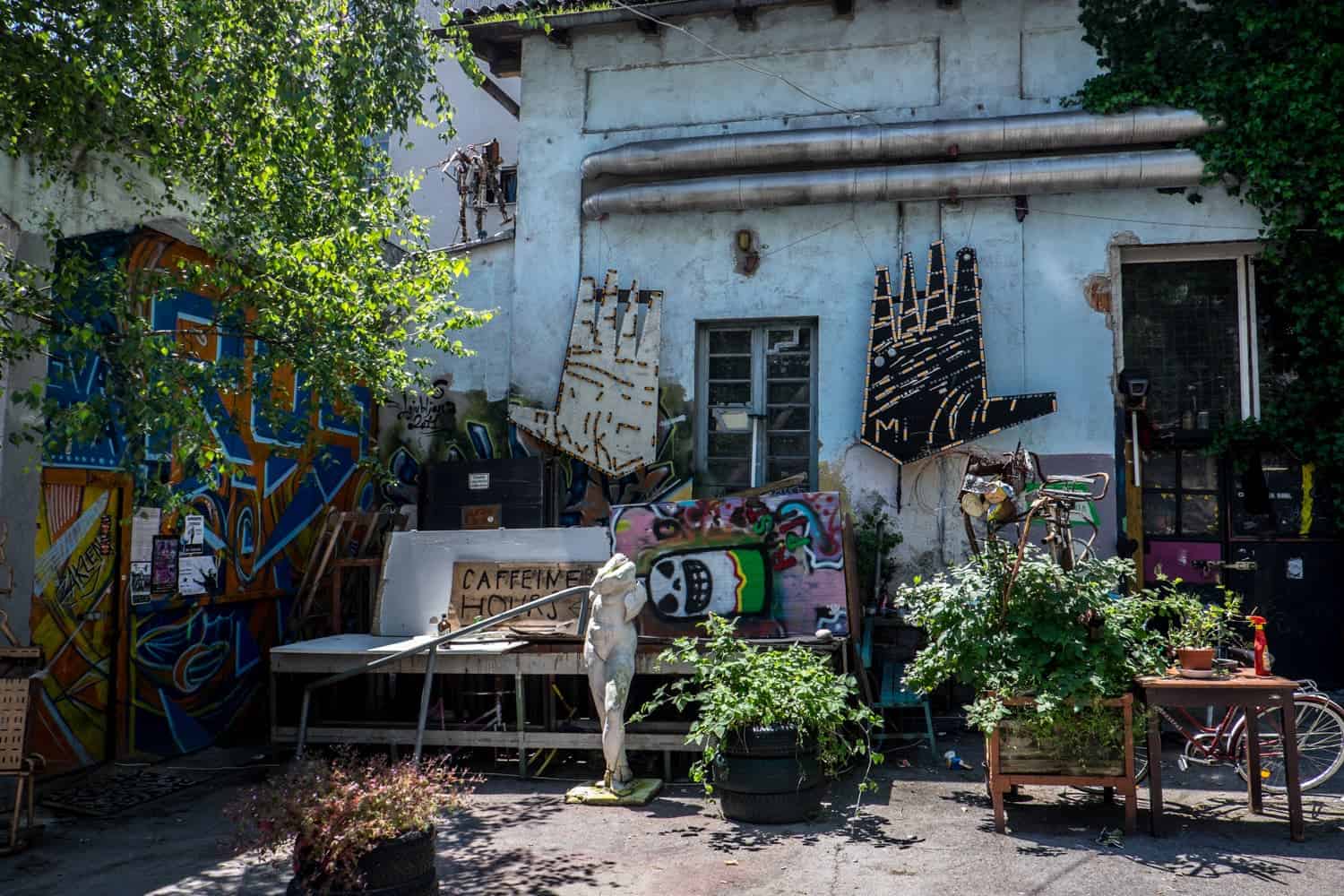

Things to Know About Travel to Ljubljana:
How to Get to Ljubljana and Around
Attractions in Ljubljana
- The Ljubljana card is an all-inclusive card giving you access to over 20 major attractions and museums, travel on the city buses, a guided city tour and 24-hour Internet access. You can save 10% by booking online.
- 24 hours: €27
- 48 hours: €34
- 72 hours: €39
Where to Stay in Ljubljana
Book a Hotel in Ljubljana

Getting Around Ljubljana
- In the Old Town, which is a vehicle-free zone, a free shuttle bus/buggy system called Kavalir (gentle helper) exists where you can get from one end of the Old Town to another quickly. It’s super handy at times, although the joy is in walking.
- If you want to use the bus (without a Ljubljana card), you will need to purchase an ‘Urbana’ card from a newspaper stand. It costs €2. Each bus ticket cost €1.20 and is valid for 90 minutes.
- Bikes are everywhere in Ljubljana, to the point where you’ll feel like you are in Amsterdam. Should you wish to join the city cyclists, bicycles can be hired in summer and autumn from the Slovenian Tourist Information Centre on Krekov trg 10, for €2 for 2 hours and €8 for two hours or more. You can also use the Bicike (LJ) hire network with 36 docking stations around the city. The first hour is free and every additional hour is €1. You have to register online first.
Ljubljana City Tours and Excursions in Slovenia
- There’s a whole host of city tours and day excursions, from culinary and cultural walks to beer and bicycle tours, as well as day trips to many parts of Slovenia and neighbouring countries such as Italy. All can be booked from the Tourism Office in the heart of the Old Town on Adamič-Lundrovo nabrežje. Slovenia is so small, it is said you can visit any point of the country in a day.
What time of the Year is Best to Visit Ljubljana?
- Ljubljana is considered to have a ‘continental climate’ making it both a winter haven, given the rolling green that surrounds it, and with the beautiful Mediterranean climate in the summer months.
This guide to Ljubljana will show you how it is a mix of the old and charming, dominated by the architectural visions of the father of design, Plečnik; mixed with the hip cultural and art scene alive in alternative neighbourhoods and the student influence; and with access to relaxation and adventure in the surrounding countryside, where 70% of Slovenia’s population resides.
Then you have the remnants of the medieval days including the 15th-century old town hall on Mestni trg and when you stroll Vegova Ulica Street to follow the course of the former medieval town wall, where a tower still stands at the end of the street.
